Between 1 and 7 October, ESA’s ExoMars Trace Gas Orbiter (TGO) and Mars Express spacecraft turned their eyes towards interstellar comet 3I/ATLAS, as it passed close to Mars.
Continue reading
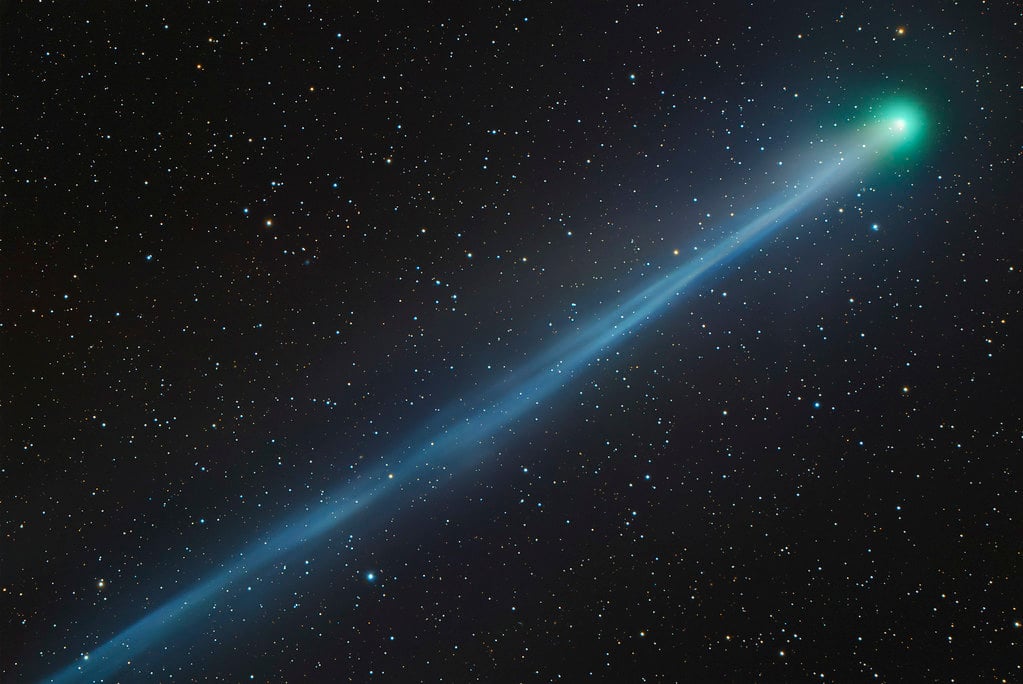
October 2025 may provide a memorable sky scene, as Comet C/2025 A6 Lemmon puts on an encore appearance at dusk. The comet joins Comet R2 SWAN, which slides 0.26 Astronomical Units (AU) past Earth on October 20th. Both are currently fine objects for binoculars or a small telescope, vying for top spot at magnitude +6.
Continue reading
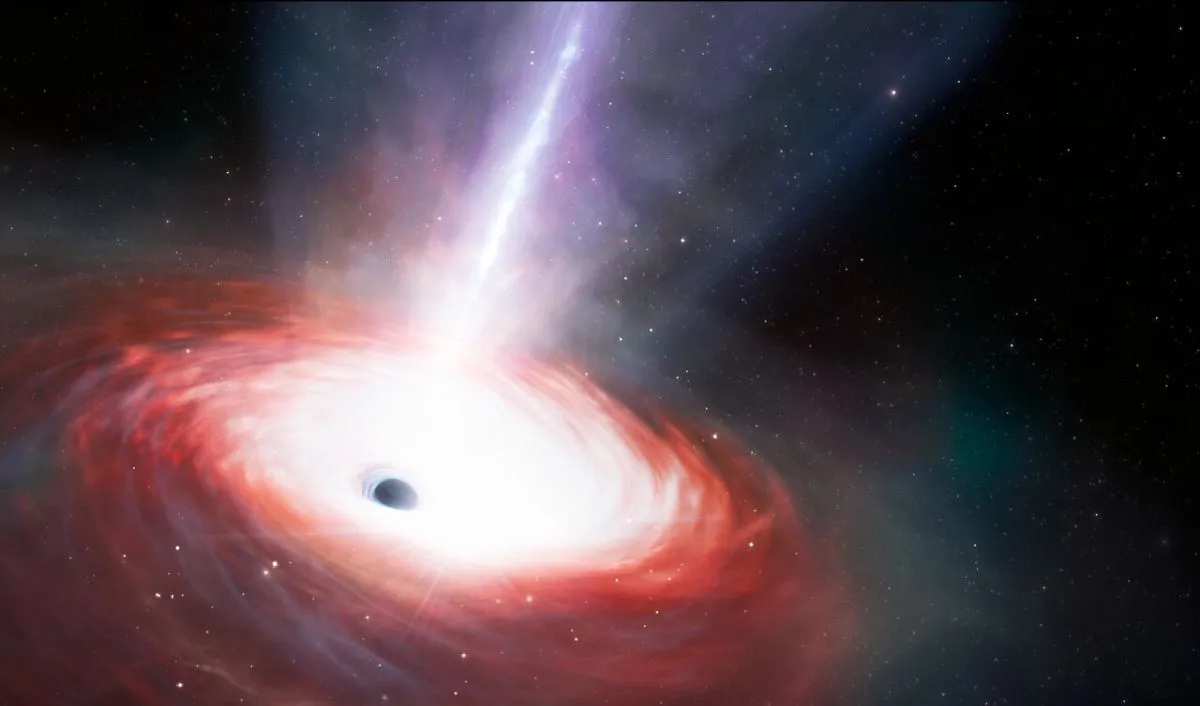
Peering back into the early years of the universe requires scientists to make a lot of assumptions. But sometimes, we get better instruments that then allow them to either confirm or replace those assumptions. That happened recently when it came to our study of J0529, a supermassive black hole that is currently the brightest known quasar in the universe. A new paper from a massive team of researchers used the GRAVITY+ instrument on the European Southern Observatory’s (ESO’s) Very Large Telescope (VLT) Interferometer to map this unique object’s Broad Line Region (BLR), and thereby calculated a new, updated mass that is 10 times smaller than previous estimates.
Continue reading

This ESA/Webb Picture of the Month shows eight stunning examples of gravitational lensing. Gravitational lensing, which was first predicted by Einstein, occurs because massive objects like galaxies and clusters of galaxies dramatically warp the fabric of spacetime. When a massive foreground object lines up just so with a background galaxy, the light from the background galaxy bends as it navigates the warped spacetime on its way to our telescopes.
Continue reading

Black have no hair, but the material surrounding them does, and the two can interact in unusual ways. As observations from the Event Horizon Telescope show, the magnetic fields surrounding a black hole can change extremely fast.
Continue reading
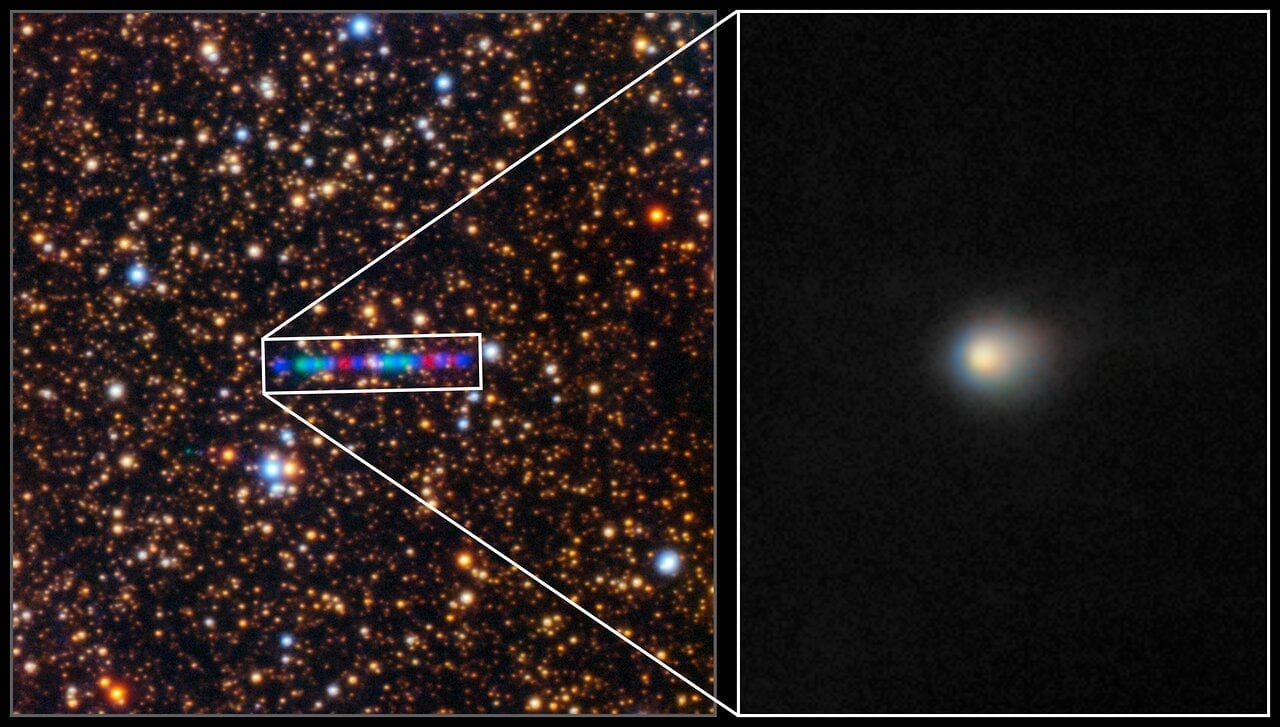
Interstellar visitor 3I/ATLAS has been constantly changing as it makes its way through our solar system. That’s to be expected, as, for the first time in potentially billions of years, it's getting close to the energy put out by a star. Scientists have been keeping a close watch on those changes, both to ensure there’s nothing unexplainable by our current understanding, but also to compare 3I/ATLAS to both previous interstellar visitors as well as comets in our own solar system. A recent paper from European researchers describes how the changes in a particular material ratio in 3I/ATLAS’ coma fit with our current understanding of cometary geology.
Continue reading
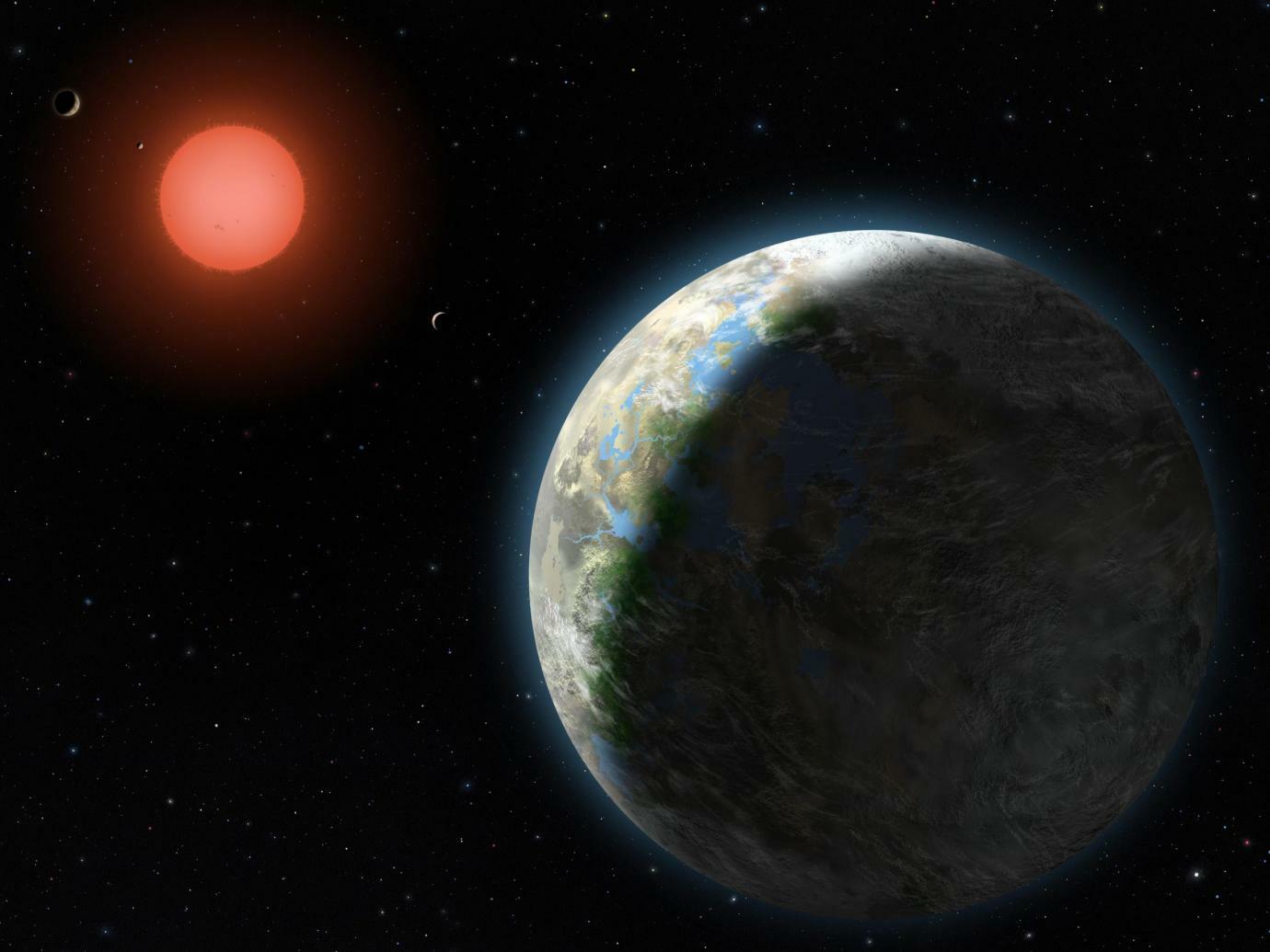
While no evidence of life beyond Earth has been found (yet), it is assumed that life and habitable planets are the norm (per the Copernican Principle). Meanwhile, exoplanet studies have revealed several rocky planets orbiting within the habitable zones of nearby dwarf suns. But as Columbia University Professor David Kipping argues in a recent paper, there is evidence that Earth could be an outlier, while rocky planets orbiting red dwarfs may not be capable of supporting advanced life.
Continue reading
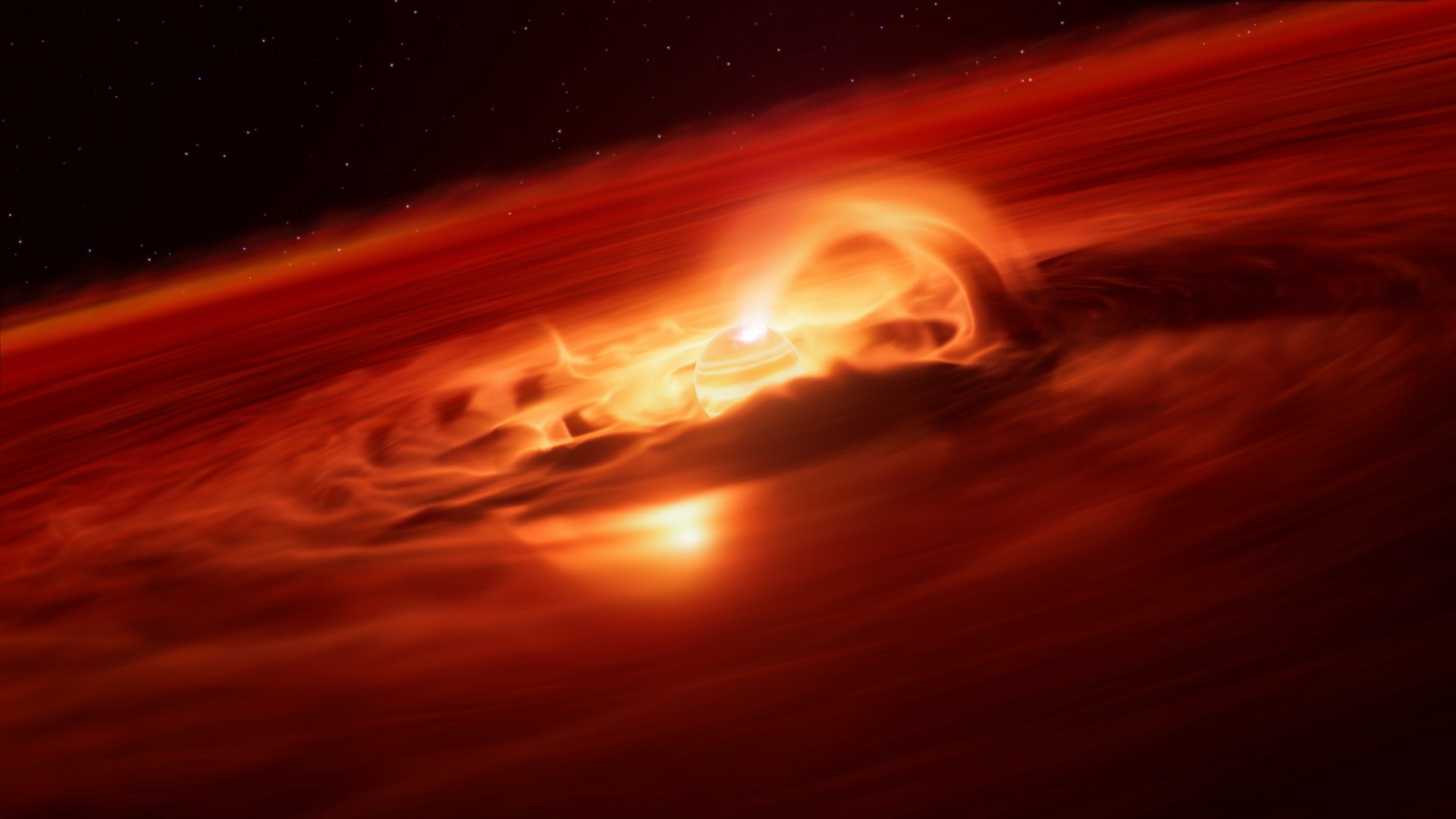
New observations made with the European Southern Observatory’s Very Large Telescope (ESO’s VLT) identified an enormous a rogue planet with the strongest growth rate ever recorded. These observations reveal that this free-floating planet is eating up gas and dust from its surroundings at a rate of six billion tonnes a second.
Continue reading
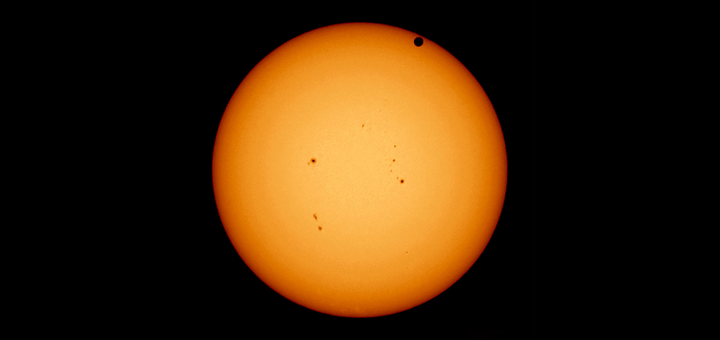
By modeling the limb darkening of a star, astronomers can get a better measure of the transit depth of an exoplanet. This will allow us to get better measurements of the size of exoplanets.
Continue reading
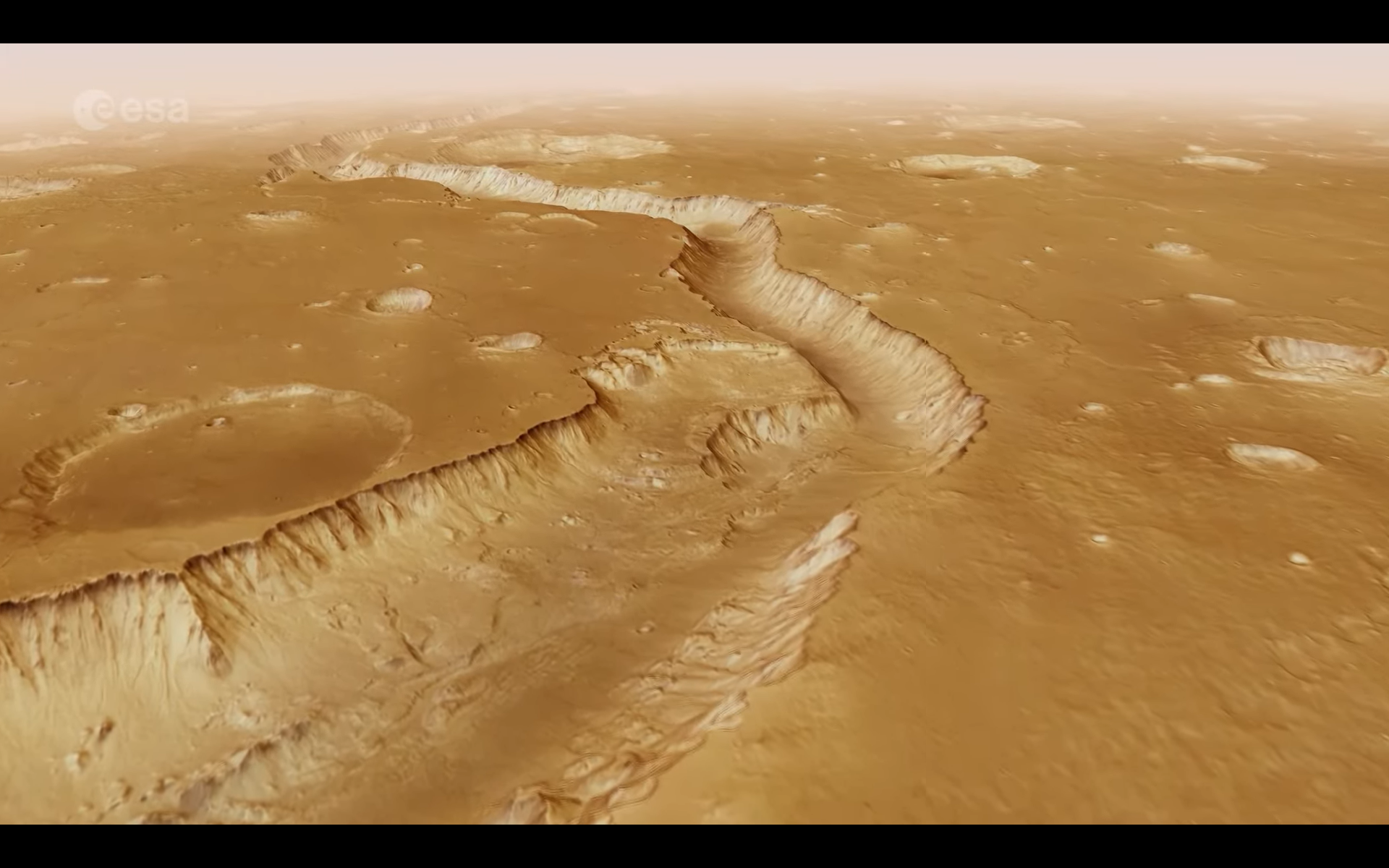
ESA’s Mars Express takes us on another mesmerizing flight over the highlands of Xanthe Terra to the smoother lowlands of Chryse Planitia. Billions of years ago, water surged through this region, creating many of the features we see today.
Continue reading
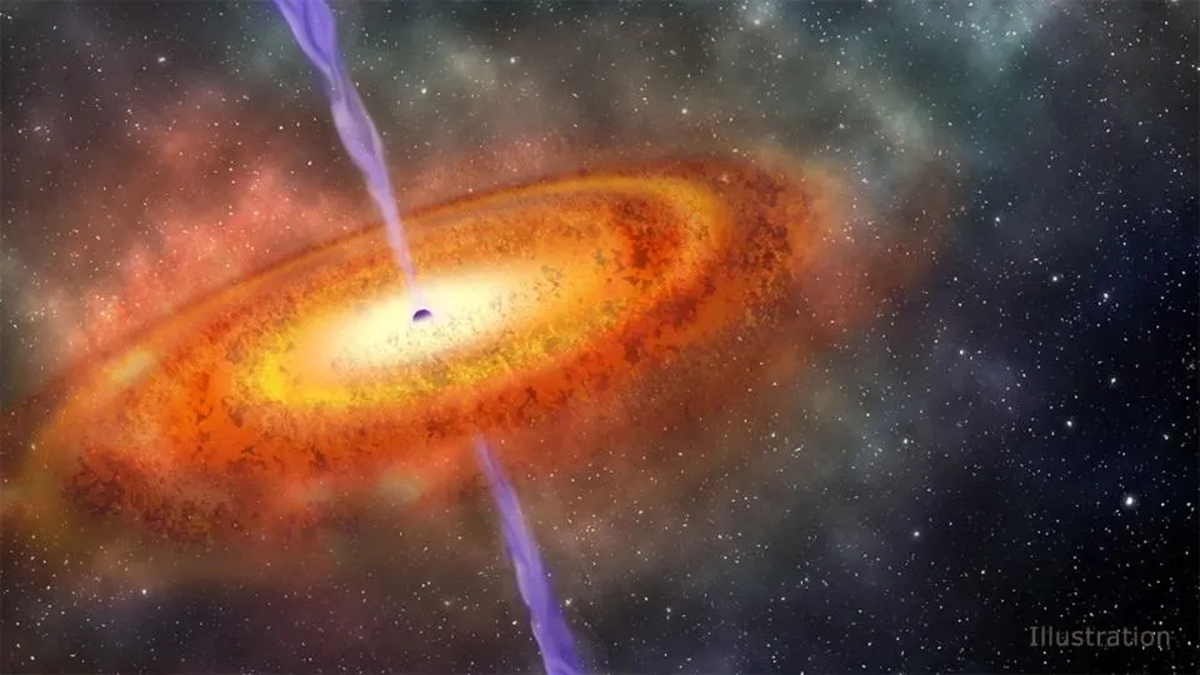
An international of researchers, including the Kavli Institute for the Physics and Mathematics of the Universe (Kavli IPMU, WPI) have used the James Webb Space Telescope to uncover 12 black holes from 12.9 billion years ago, shedding light on how black holes and galaxies evolved in the early Universe.
Continue reading
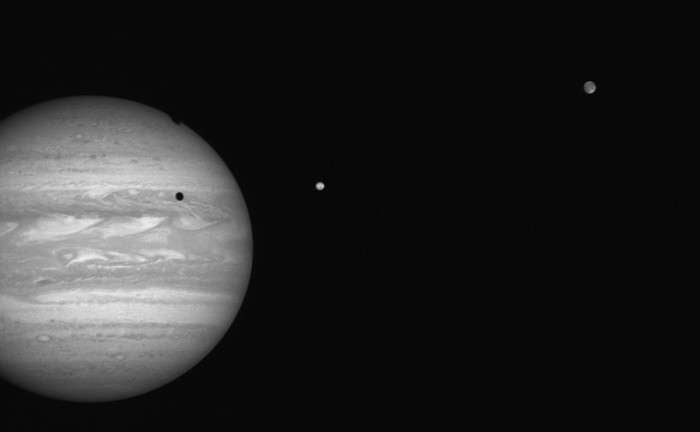
Jupiter and its moons are busy in October. If skies are clear, be sure to set your alarm and follow the largest planet in our solar system this month. While massive Jupiter always warrants a view through even a small telescope, its four major Galilean moons warrant special interest, as we’re in the midst of a season of rare double shadow transits.
Continue reading
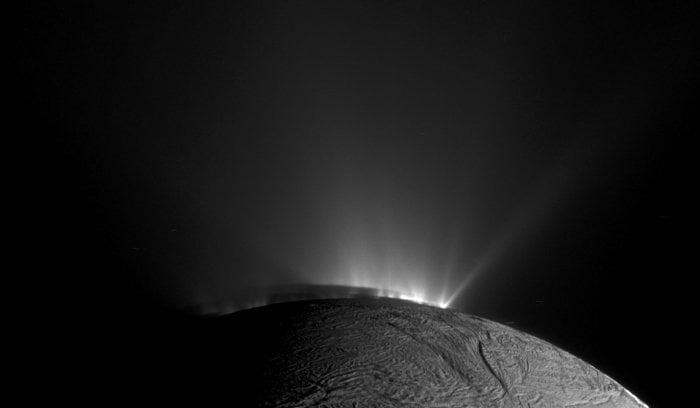
Enceladus’ ice continues to get more and more intriguing as researchers continue to unlock more secrets taken from a probe over ten years ago. When Cassini crashed into Saturn in 2017, it ended a 13 year sojourn that is still producing new research papers today. A recent one in Nature Astronomy from the researchers at the Freie Universität Berlin and the University of Stuttgart found hints of organic molecules discovered for the first time on the icy moon, some of which could serve as precursors to even more advanced biomolecules.
Continue reading
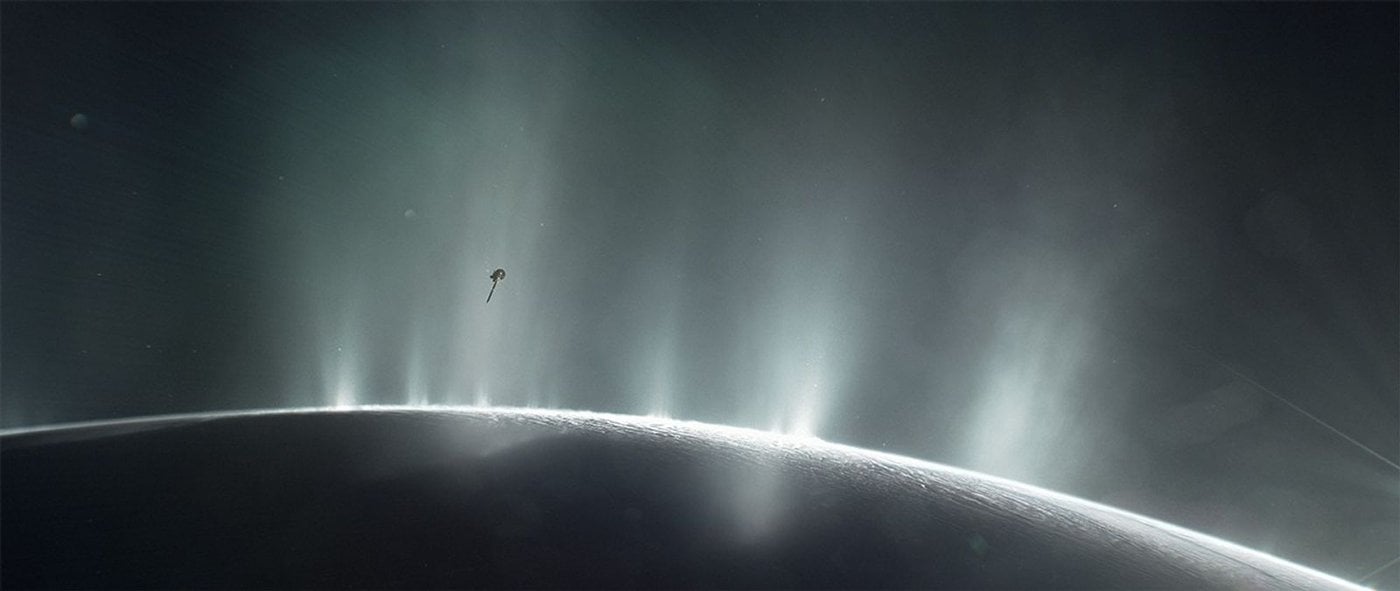
Modeling something like geysers on a far-away moon seems like it should be easy. How much complexity could there possibly be when a geyser is simply a hole in some ice shooting superheated water through it? The answer is pretty complex, to be honest - enough that accurate models require a supercomputer to run on. Luckily, the supercomputing cluster at the University of Texas, known as the Texas Advanced Computing Center, gave some time to researcher modeling Enceladus’ ice plumes, and their recent paper in JGR Planets discusses the results, which show there might not be as much water and ice getting blown into orbit as originally thought.
Continue reading
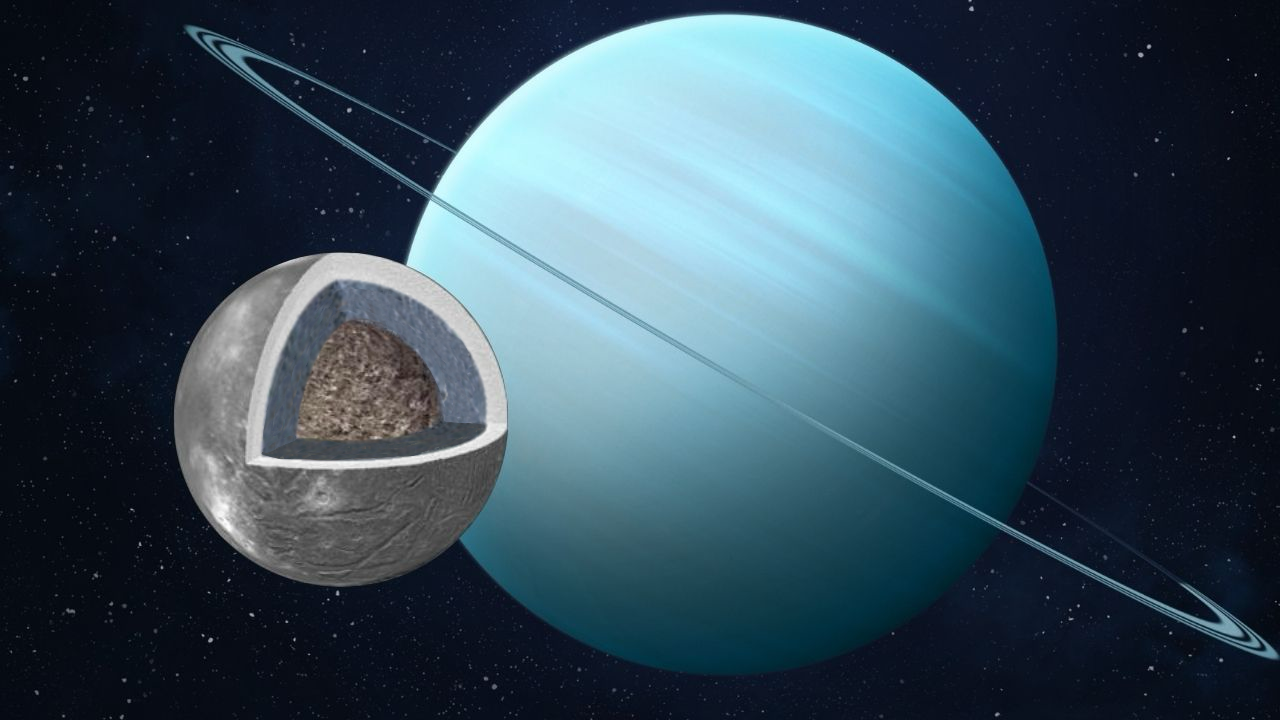
Interest in icy moons has been growing steadily as they become more and more interesting to astrobiologists. Some take the majority of the attention, like Enceladus with its spectacular geysers. But there are interesting ones that might be hiding amongst even thicker ice shells in the Uranian system. A new paper published in Icarus from researchers at the Planetary Science Institute, Johns Hopkins University, and the University of North Dakota, looks at what Ariel, the fourth biggest moon in the Uranian system, might look like under its icy surface.
Continue reading
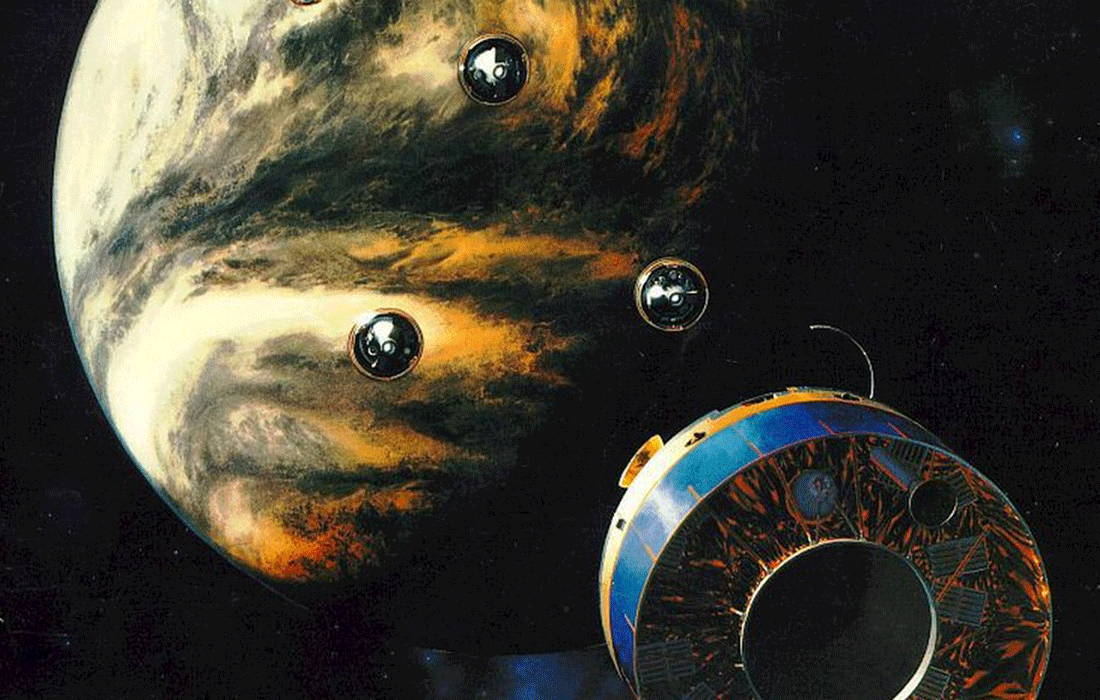
Reanalyzing old data with our modern understanding seems to be in vogue lately. However, the implications of that reanalysis for some topics are more impactful than others. One of the most hotly debated topics of late in the astrobiological community has been whether or not life can exist on Venus - specifically in its cloud layers, some of which have some of the most Earth-like conditions anywhere in the solar system, at least in terms of pressure and temperature. A new paper from a team of American researchers have just added fuel to that debate by reanalyzing data from the Pioneer mission to Venus NASA launched in the 70s - and finding that the Venus’ clouds are primarily made out of water.
Continue reading
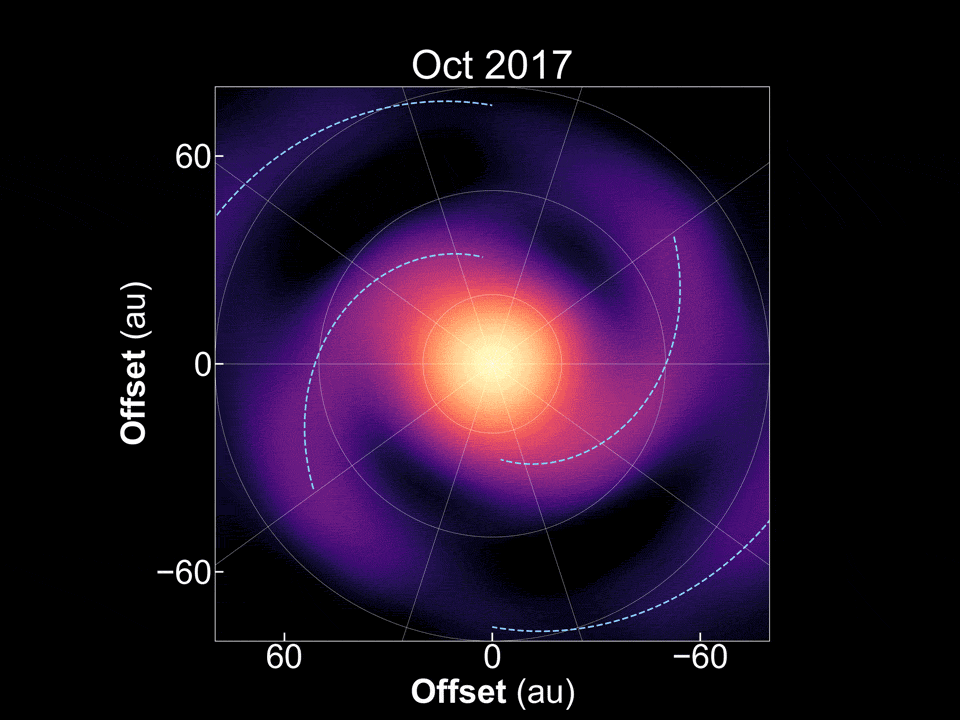
There are plenty of exoplanets scattered throughout the galaxy, so it would stand to reason there are also plenty of stars that are in the process of forming new exoplanets. Tracking down stars that are in different stages of that process can shed light on the exoplanet formation process, and potentially even on how planets in our own solar system developed. But determining what star systems are going through that process, let alone where they are in the process itself, can be tricky. A new paper in Nature Astronomy from Tomohiro Yoshida and his co-authors at the National Astronomical Observatory of Japan and several other Japanese and American research institutions, seems to have found one that finally answers a mystery that has stood in planetary formation theory for decades - how do gas giant exoplanets form so far away from their stars?
Continue reading
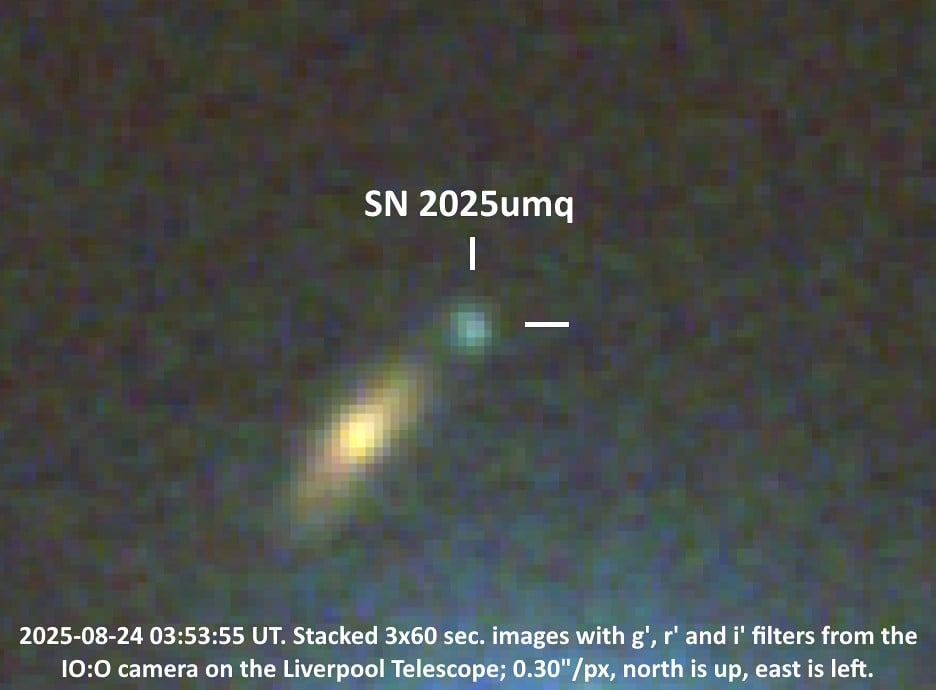
Astronomy is increasingly becoming an online affair. Recent discoveries of interstellar Comet 3I/ATLAS and R2 SWAN highlighted this fact, when both were first discussed on message boards and verified via remote telescopes before confirmation. Another recent find also shows what’s possible, as devoted amateur astronomer Filipp Romanov accomplished an amazing feat, and discovered a supernova in a remote galaxy.
Continue reading
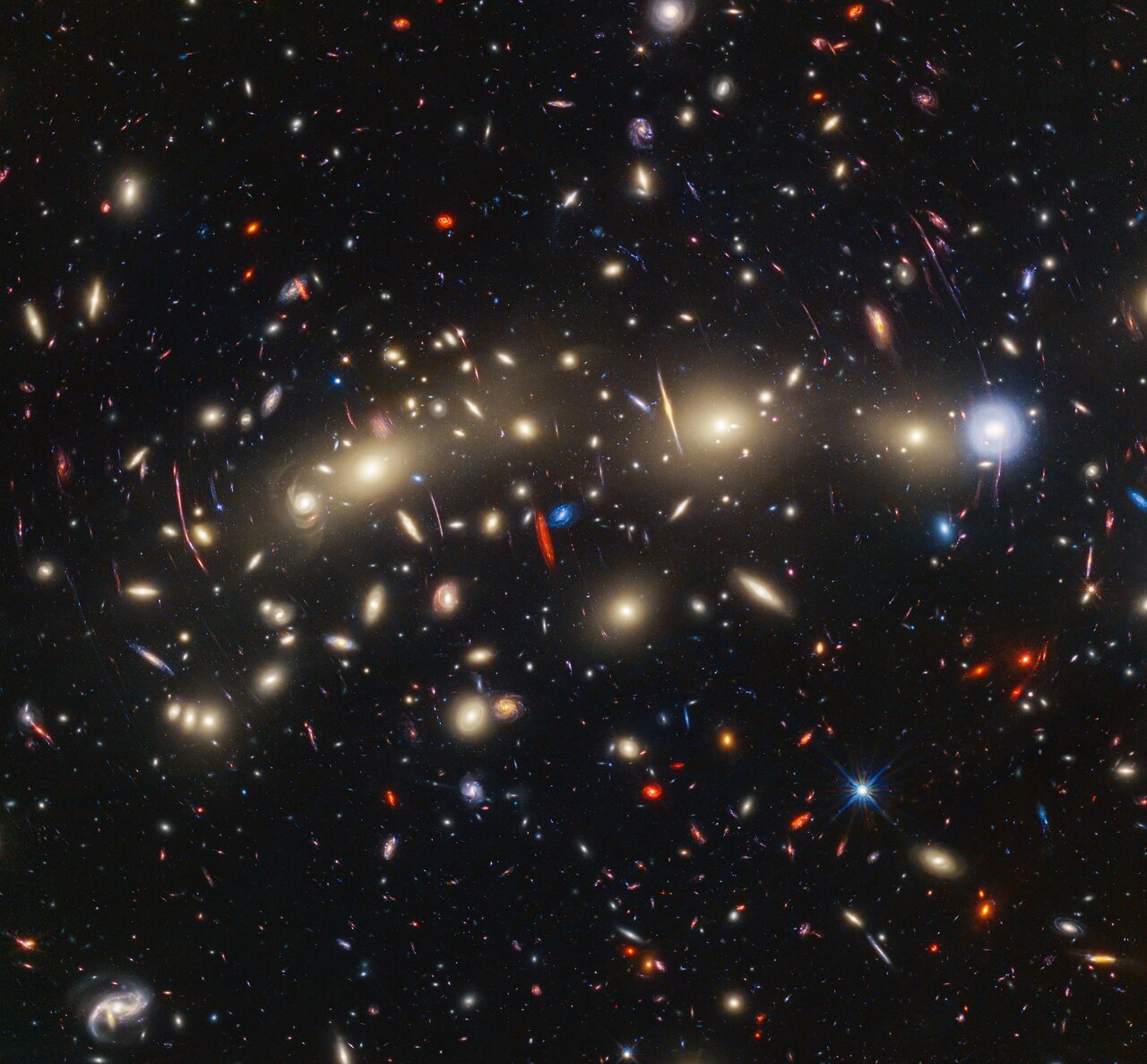
The Search for Extraterrestrial Intelligence (SETI) has a data scale problem. There are just too many places to look for an interstellar signal, and even if you’re looking in the right place you could be looking at the wrong frequency or at the wrong time. Several strategies have come up to deal narrow the search given this overabundance of data, and a new paper from Naoki Seto of the Kyoto University falls nicely into that category - by using the Brightest Of All TIme (BOAT) Gamma Ray Burst, with some help from our own galaxy.
Continue reading
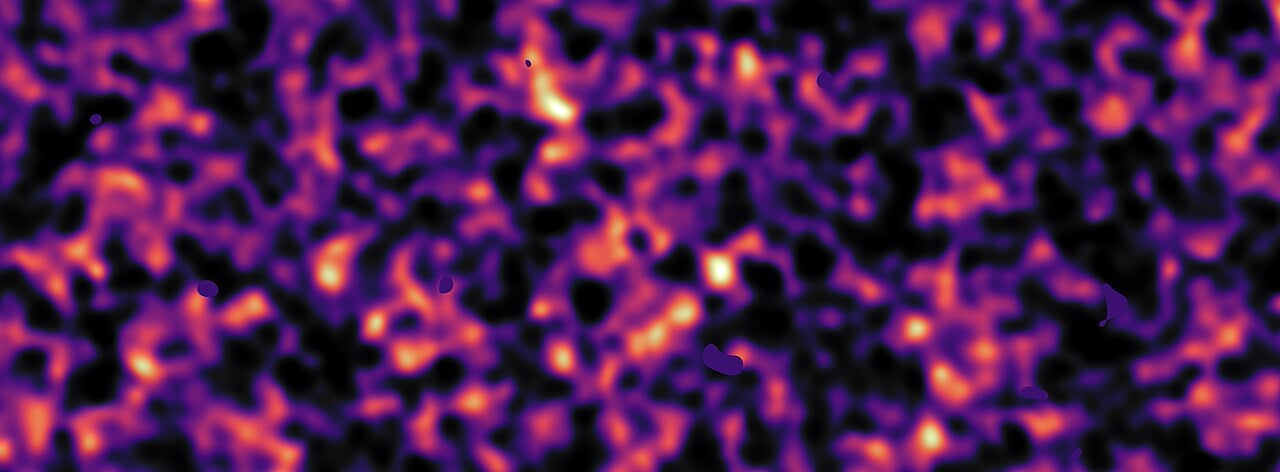
Dark matter, as its name suggests, is really dark, so dark in fact that it doesn’t interact in any way with light or any other part of the electromagnetic spectrum. Even thought it makes up about 80 percent of all matter in the universe and plays a vital role in galaxy formation we still don’t really know what it is. Of all the methods and techniques used to try and unravel this mystery, never would I think I would be writing about the Moon and how it could help us. However, a new piece of research suggests that future missions to the far side of the Moon could help us determine the mass of individual dark matter particles.
Continue reading
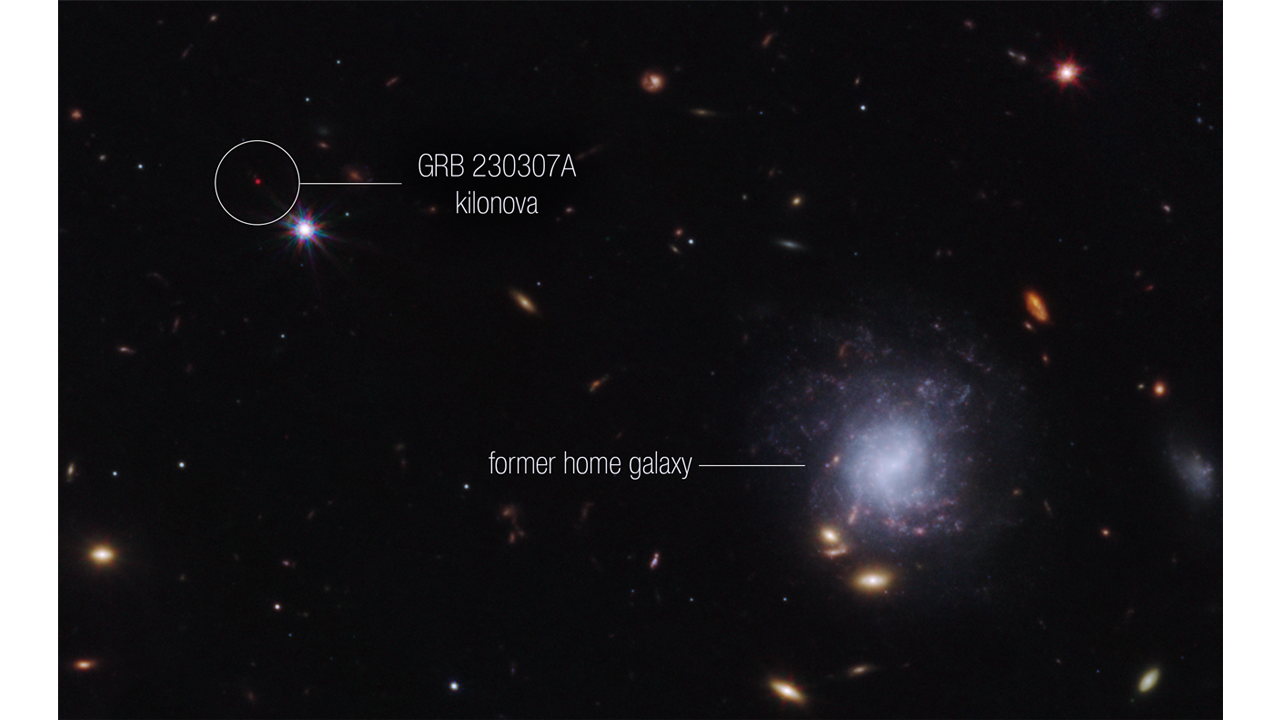
Gamma ray bursts are among the most luminous explosions in the universe, briefly outshining entire galaxies in a violent flash of energy. For decades, scientists have debated what powers these incredibly powerful detonations and, to date, the leading candidates have been black holes or highly magnetised neutron stars called magnetars. Distinguishing between the two has proven frustratingly difficult though but a new study has just provided the clearest evidence yet that magnetars can indeed power some of these extreme events, and they did it by detecting something unexpected, the "heartbeat" of a newborn star.
Continue reading
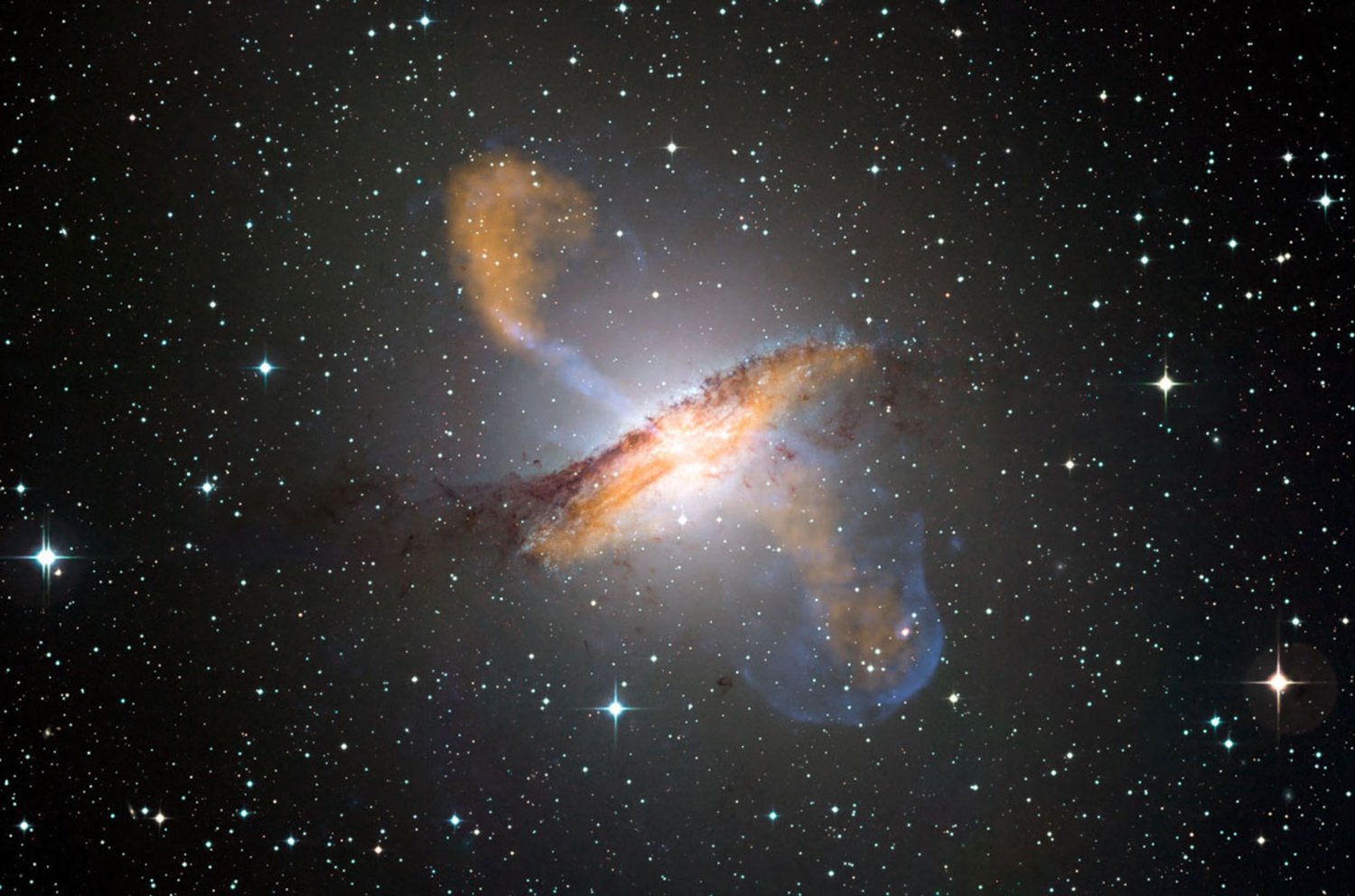
arXiv:2508.00249v1 Announce Type: new Abstract: Any population of artificial radio broadcasts in a galaxy contributes to its integrated radio luminosity. If this radio emission is bright enough, inhabited galaxies themselves form a cosmic population of artificial radio galaxies. We can detect these broadcasts individually or set constraints from their collective emission. Using the formalism in Paper I and II, I set bounds on the artificial radio galaxy population using both of these methodol...
Continue reading
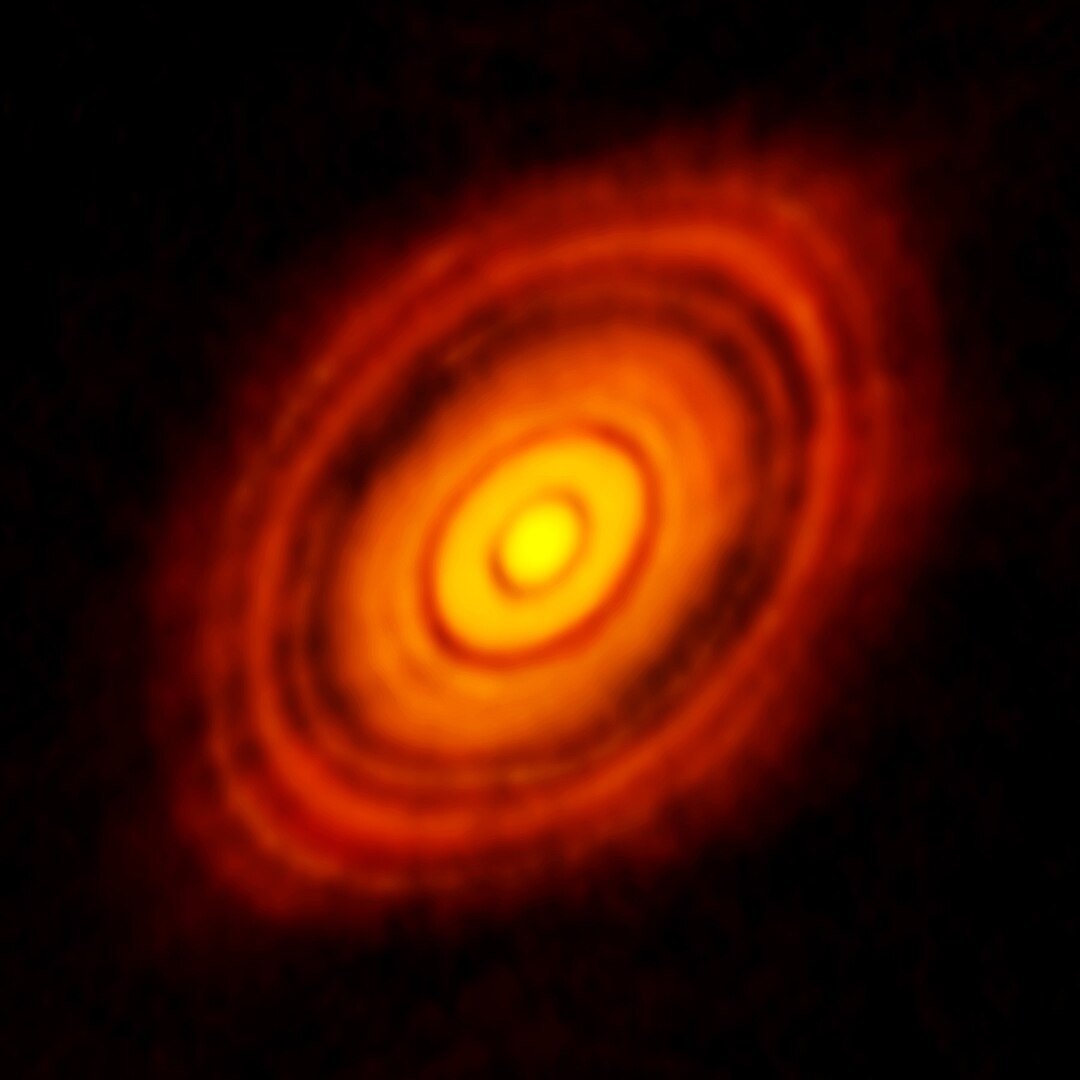
I remember the first time I pointed my 25cm telescope at the Ring Nebula in Lyra. Even through modest amateur optics, that surreal view of the ring hanging in space was breathtaking, the glowing embers of a dying star. Planetary nebulae like the Ring have long been favourites among amateur astronomers, not just for their visual beauty but because they represent the end of a star's life. However, new research is revealing equally fascinating structures at the opposite end of stellar evolution, the discs where planets are born, and they're not quite what we expected.
Continue reading
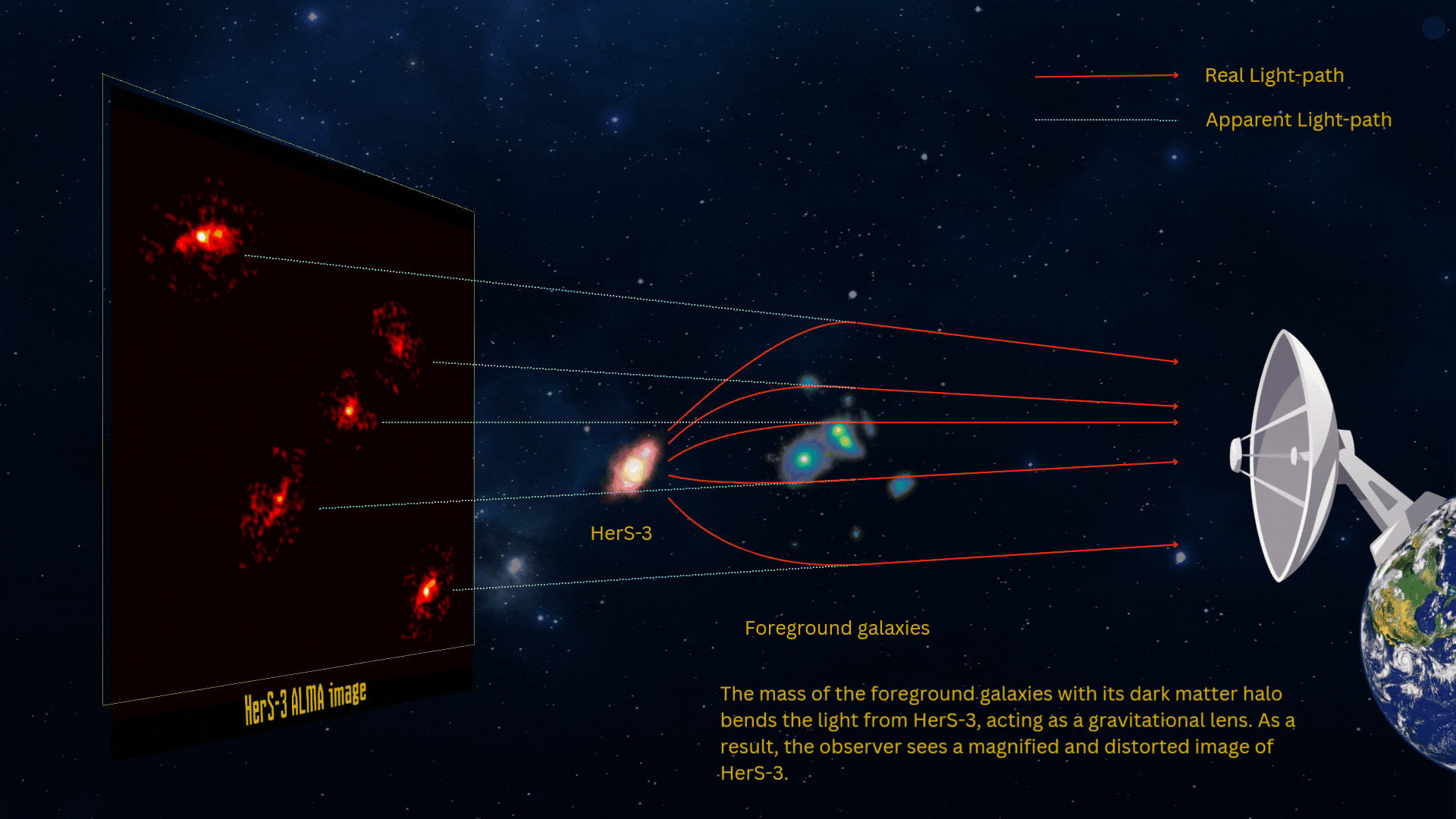
When astronomers pointed their telescopes at a distant galaxy called HerS-3, they discovered something really quite remarkable. The galaxy, located 11.6 billion light years away, appeared not once but five times in their observations, arranged in a nearly perfect cross pattern. This rare phenomenon, known as an Einstein Cross, has revealed exciting evidence for a massive halo of dark matter lurking in the space between us and that distant galaxy.
Continue reading
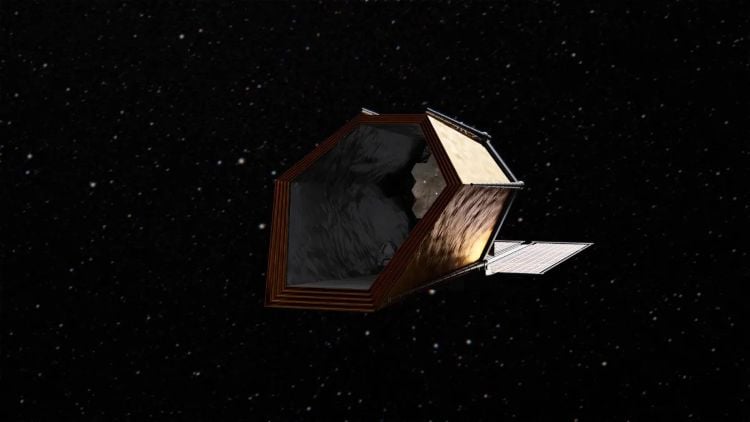
How will NASA’s upcoming Habitable Worlds Observatory (HWO) mission differentiate Earth-sized exoplanets from other exoplanets, specifically Earth-sized exoplanets within the habitable zone, also called exoEarths? This is what a recent study accepted for publication in The Astronomical Journal hopes to address as an international team of researchers investigated the potential future capabilities of HWO and what shortcomings need to be addressed for it to conduct groundbreaking science, specifically with discovering exoEarths.
Continue reading
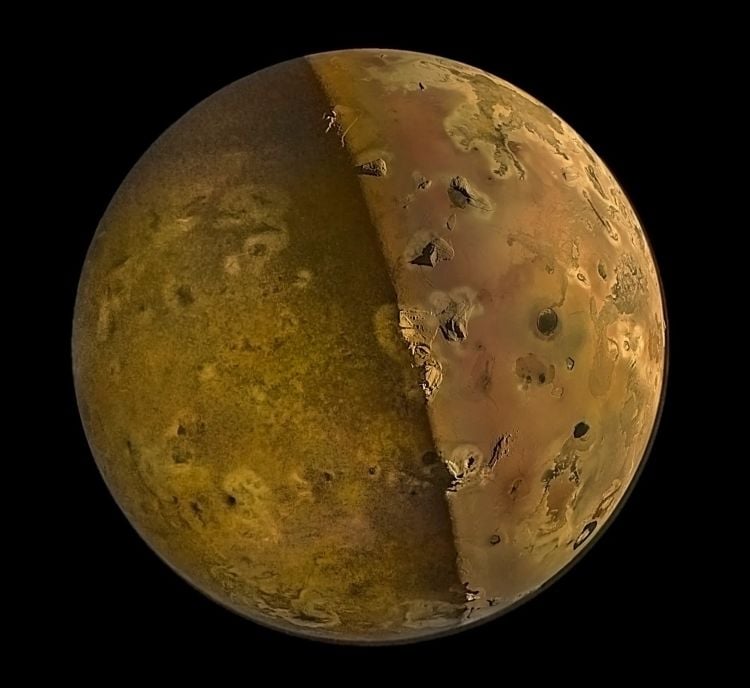
What type of lander could touch down on Jupiter’s volcanic moon, Io? This is what a recent paper presented at the AIAA 2025 Regional Student Conference hopes to address as a team of student engineers from Spartan Space Systems at San Jose State University investigated a novel concept for landing a spacecraft in Io, which is the most volcanically active planetary body in the solar system. This study has the potential to help scientists and engineers develop new mission concepts from all levels of academia and industry.
Continue reading

If a new proposal by MIT physicists bears out, the recent detection of a record-setting neutrino could be the first evidence of elusive Hawking radiation.
Continue reading
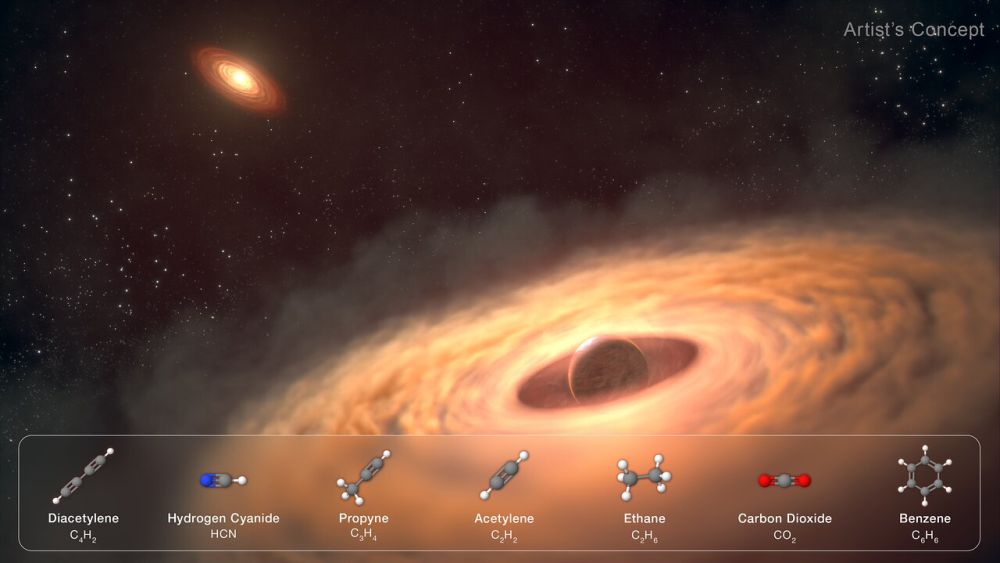
The JWST observed the moon-forming disk around a Jupiter-mass planet about 625 light years away. The telescope gave astronomers a detailed view of the circumplanetary disk and found that it's rich in carbon. Its researchers first opportunity to characterize these disks in detail.
Continue reading
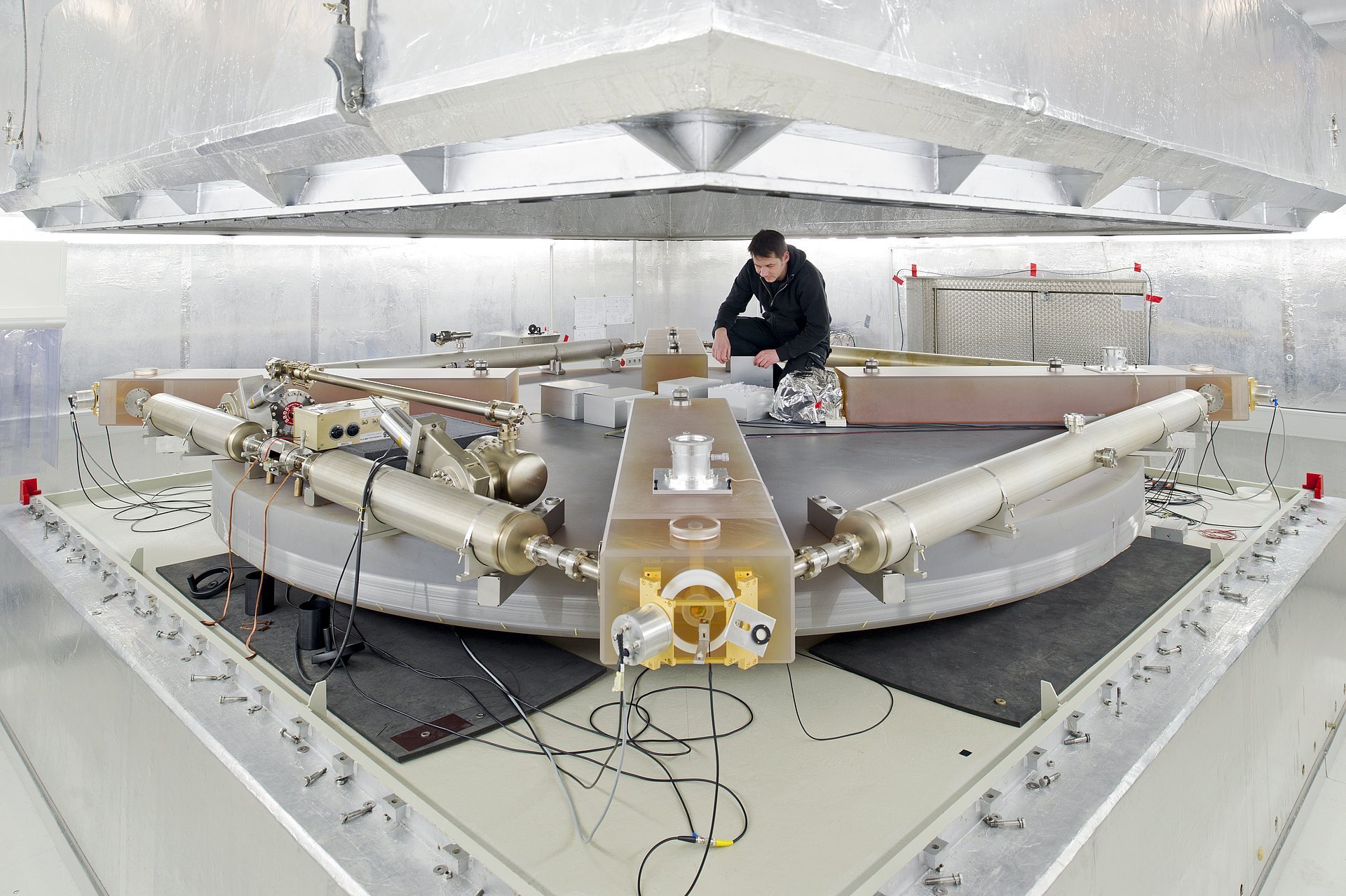
Most people are familiar with the fact that the Earth spins on its axis once every day. The spin however, isn’t as steady as you might think. Like a spinning top slowing down, Earth’s axis wobbles, scribing out a circle on the night sky that currently points very close to the Pole Star in the northern hemisphere. This wobble is driven by the shape of the Earth and for decades, this wobble has been tracked by a network of radio telescopes. A team of astronomers have measured this wobble to a level of accuracy that has never been achieved before.
Continue reading
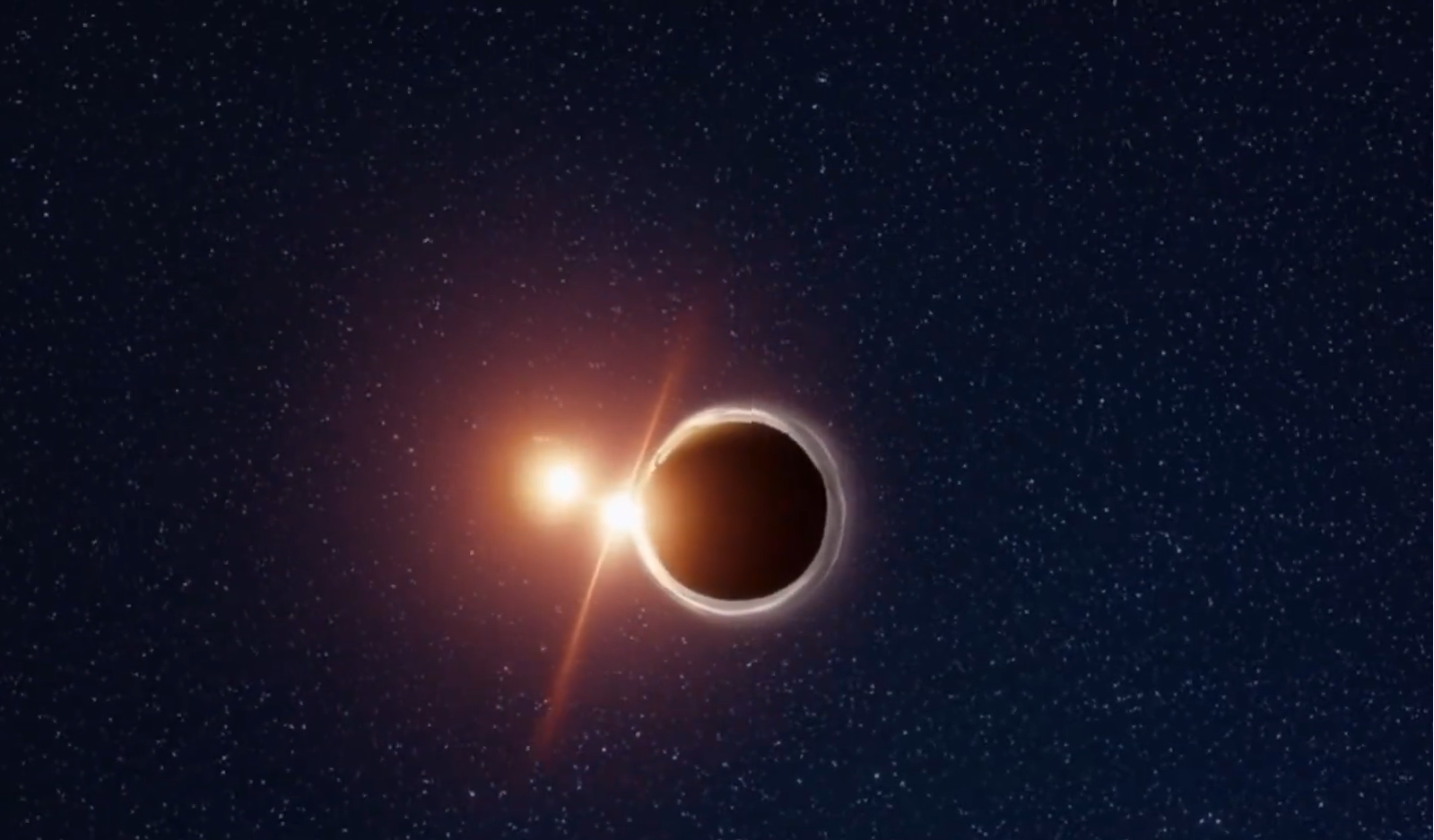
Researchers Uncover True Source of KOI-1755 Transit Signal Using Kepler Space Telescope
kerryhensley45577
Mon, 09/08/2025 - 10:36
Researchers Uncover True Source of KOI-1755 Transit Signal Using Kepler Space Telescope
https://english.cas.cn/newsroom/research_news/phys/202509/t20250904_1053933.shtml
Continue reading
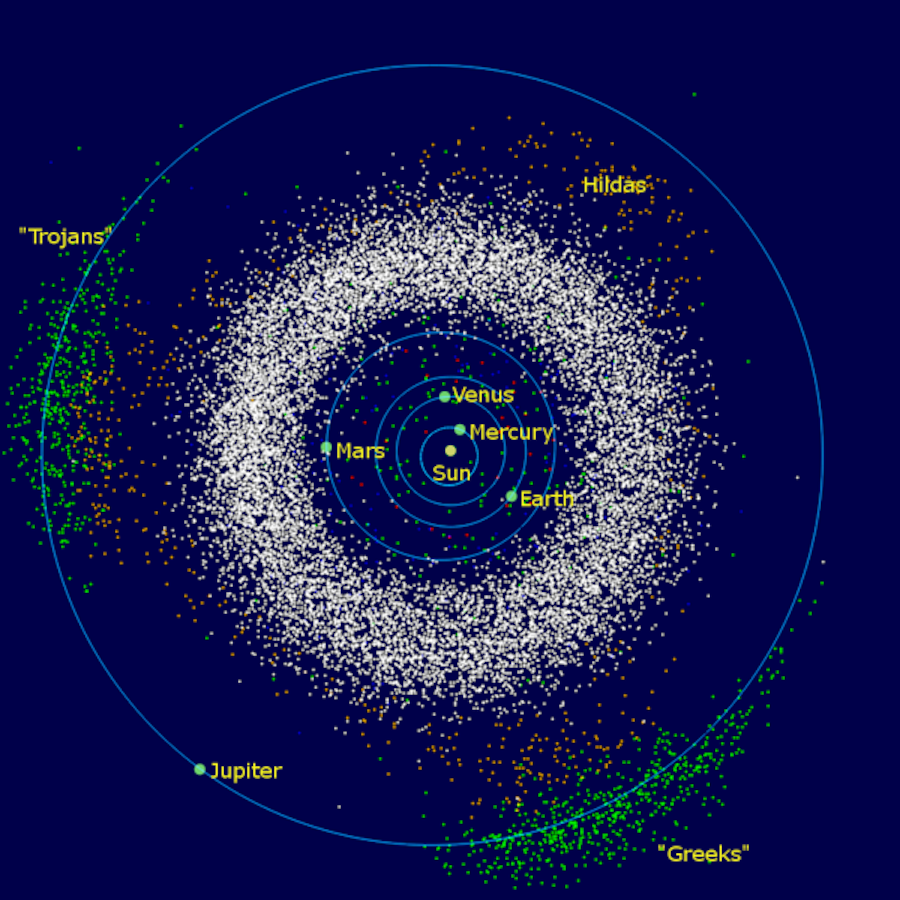
Asteroids have held a special place in my heart ever since I saw one silently drift between Earth and the Moon a good few years ago. Never studied them properly so more of a passing interest but any time a story relating to asteroids pops up it peaks my interest. For the most part, the origin of an asteroid is the asteroid belt, a ring of rocky debris orbiting between Mars and Jupiter. A new study has calculated precisely how fast this reservoir of space rocks is being depleted from collisions and gravitational interactions that evict asteroids and just where that material ends up.
Continue reading
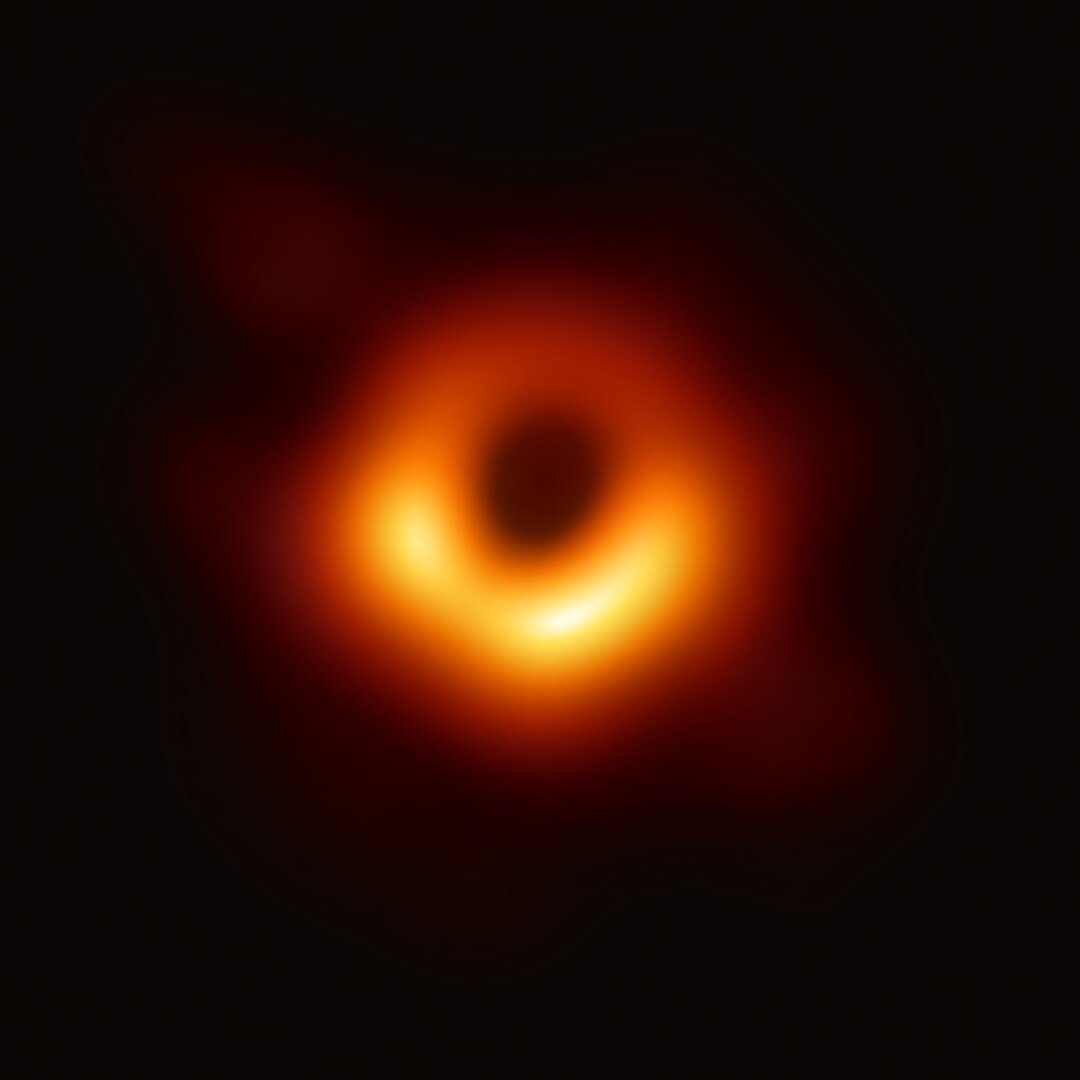
Black holes, regions of space where gravity is so intense that even light cannot escape, have captivated astronomers for decades. Some are the result of stellar death while others sit at the hearts of quasars, galaxies that shine so brightly they can be spotted from billions of light years away. Understanding how these supermassive black holes grow so massive, so quickly, has been one of the great puzzles of modern astrophysics, however, a new observation using cutting edge technology has just thrown a spanner in the works.
Continue reading
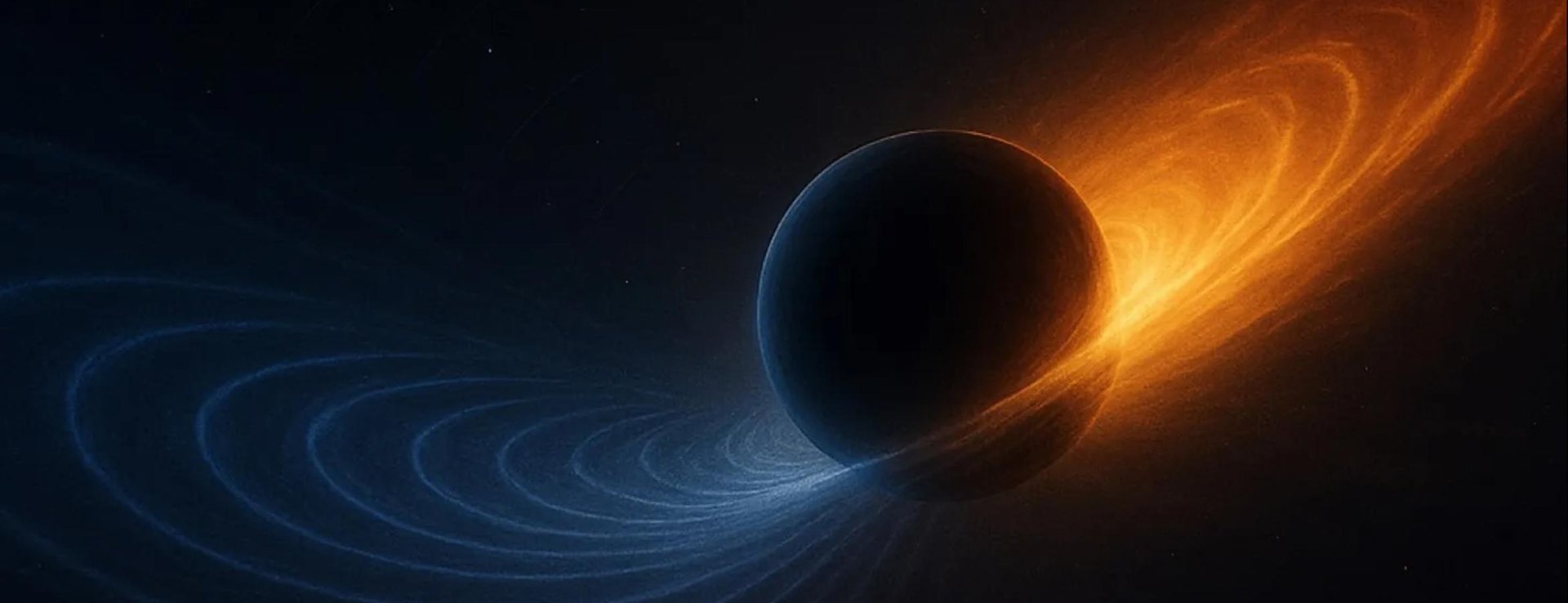
Black hole mergers are some of the most violent events in the universe. Just how violent is becoming more clear in part due to a new paper published in Nature Astronomy. For the first time, it tracks the “recoil” that the newly formed black hole gets from asymmetric gravitational waves that are released during the merger. Turns out they are strong enough to “kick” the new, supermassive combined black hole into motion at a speed of thousands of kilometers a second.
Continue reading
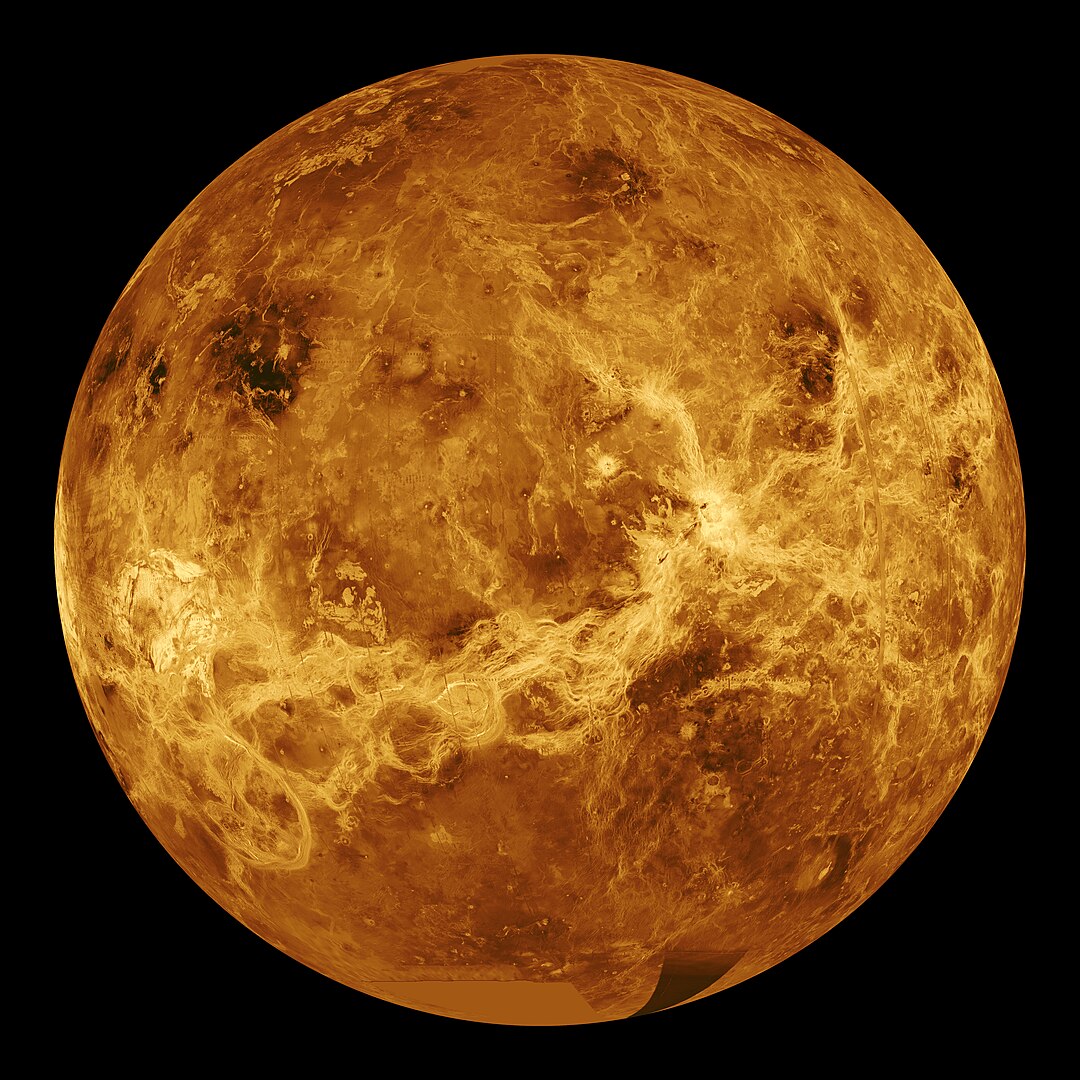
Venus has often been called Earth’s sister planet however there are stark differences between them. Among the similarities are a number of geological features and lava tubes are just one example. These natural tunnels form when the surface of a lava flow cools and solidifies while hot lava continues to flow beneath. They are common in Iceland and Hawaii and now, for the first time they have been found on Venus too.
Continue reading
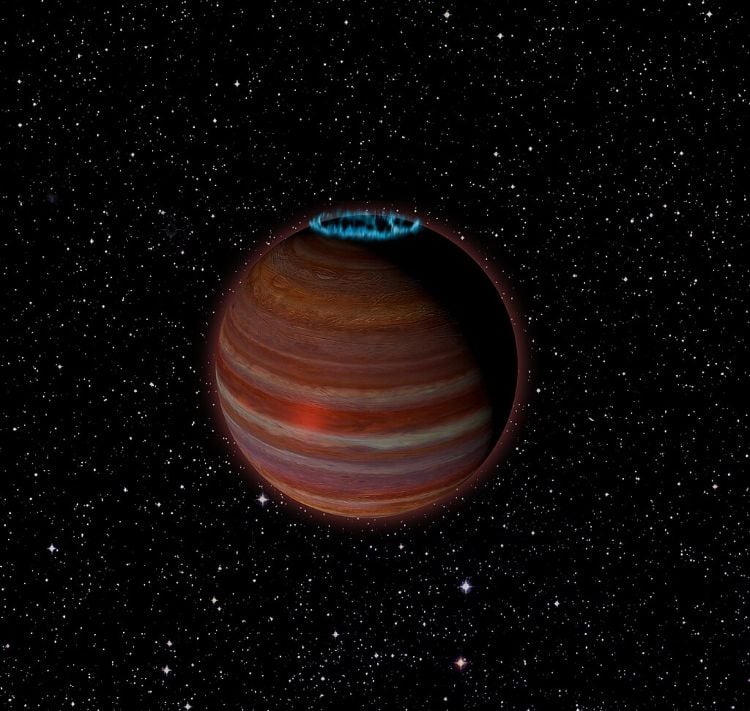
What can auroras on a rogue planet teach astronomers about planetary formation and evolution? This is what a recent study published in Astronomy & Astrophysics hopes to address as an international team of researchers investigated the atmospheric composition of a nearby rogue planet, including its atmospheric temperature and auroras. This study has the potential to help astronomers better understand rogue planets, along with additional planetary atmospheric formation and evolutionary traits.
Continue reading
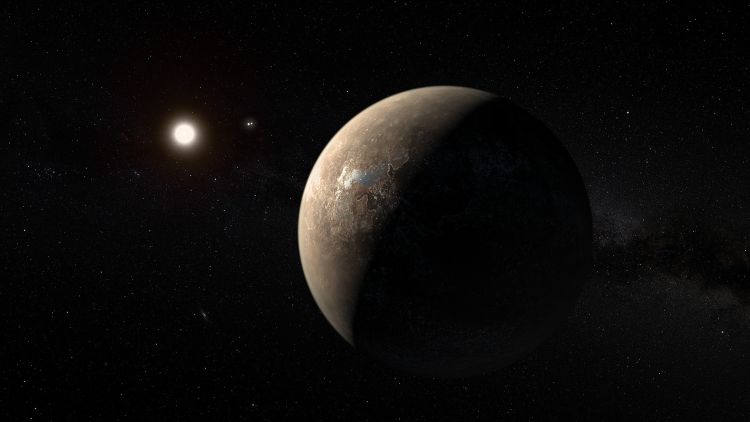
What new methods can be employed to help astronomers distinguish the light from an exoplanet and its host star so the former’s atmosphere can be better explored? This is what a recent study accepted to Astronomy & Astrophysics hopes to address as an international team of researchers investigated how a novel and proposed telescopic instrument that could be capable of characterizing exoplanet atmospheres in new and exciting ways. This study has the potential to help scientists develop novel tools for examining exoplanets and whether they could possess life as we know it, or even as we don’t know it.
Continue reading
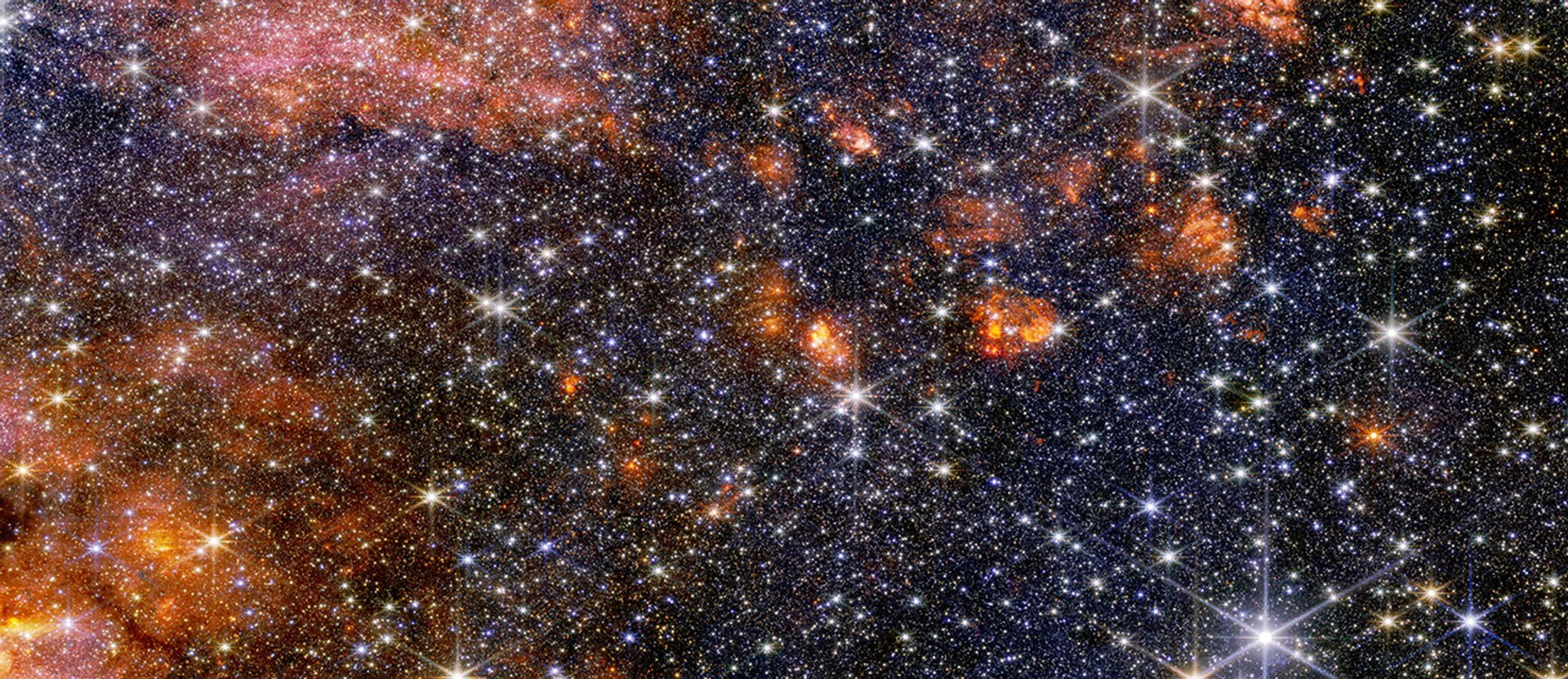
NASA’s James Webb Space Telescope has revealed a colorful array of massive stars and glowing cosmic dust in the Sagittarius B2 molecular cloud, the most massive and active star-forming region in our Milky Way galaxy.
Continue reading
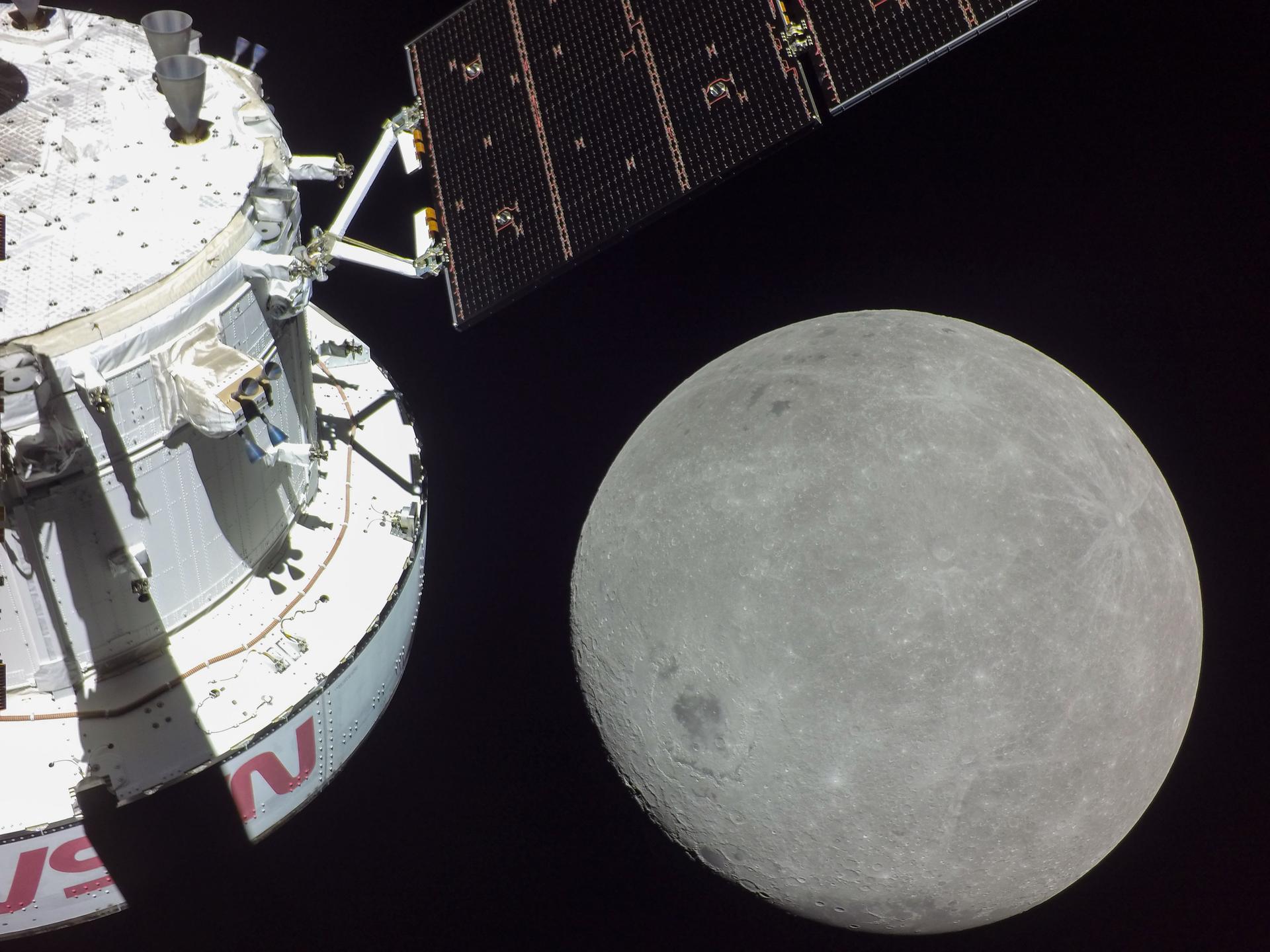
NASA announced that Artemis II, the first crewed mission to the Moon since the Apollo Era, will launch by February 2026. The crew has named their spacecraft "Integrity" to honor the efforts those working tirelessly to realize NASA's long-awaited return to the Moon.
Continue reading
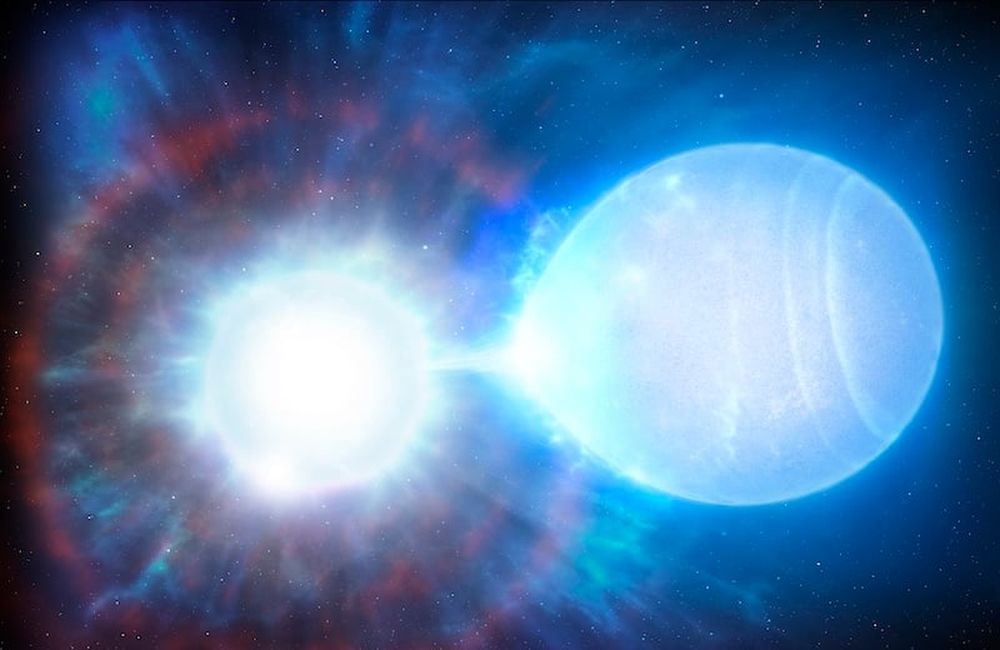
A new article published in The Astrophysical Journal explores a new theory of how Type Ia supernovae, the powerful stellar explosions that astronomers use to measure distances across the universe, might be triggered. Traditionally, these supernovae occur when a white dwarf star explodes after interacting with a companion star. But this explanation has limitations, leaving open questions about how these events line up with the consistent patterns astronomers actually observe.
Continue reading
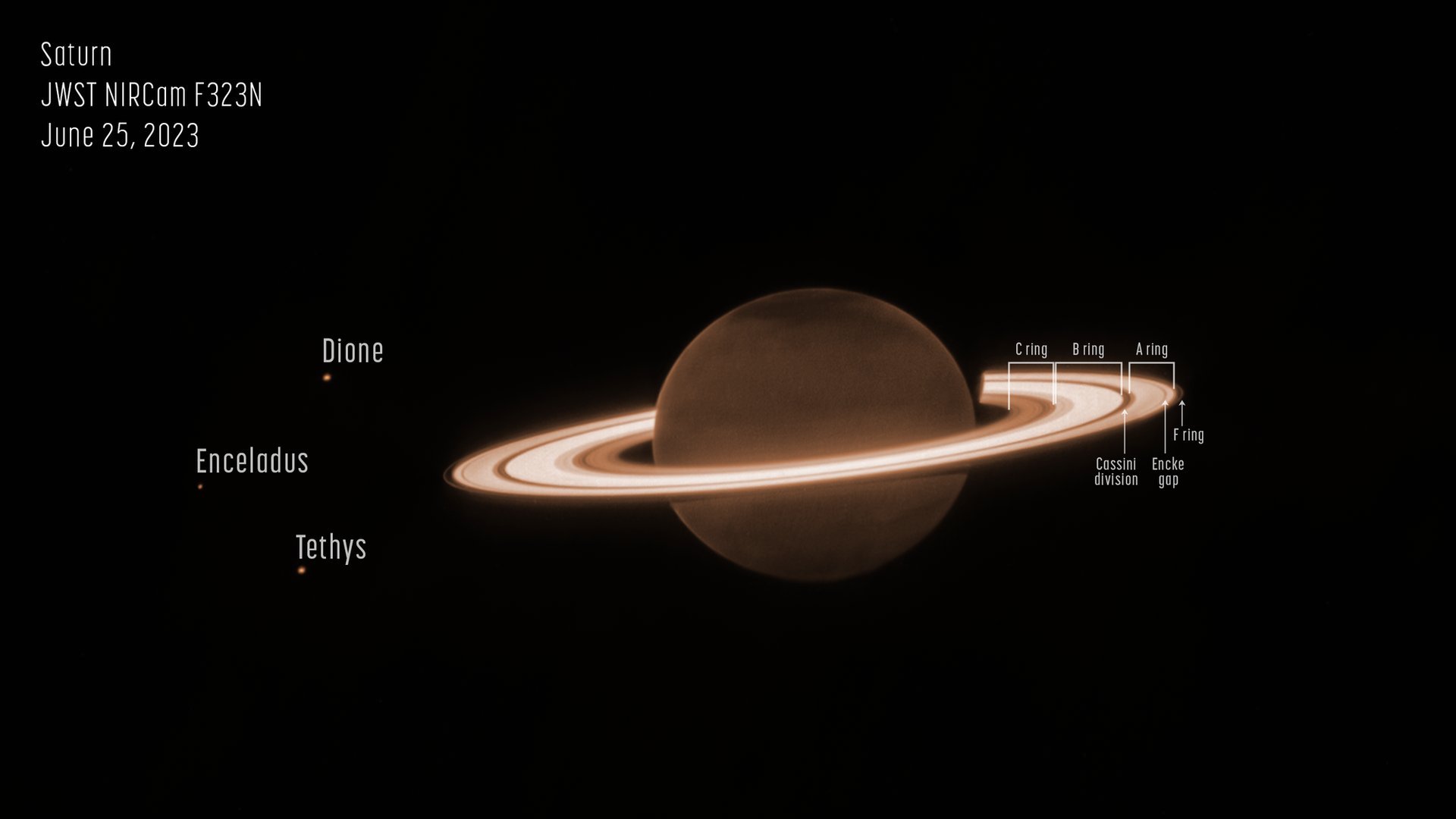
A study of Saturn's atmospheric structure using data from the James Webb Space Telescope (JWST) has revealed complex and mysterious features unseen before on any planet in our Solar System. The results were presented last week by Professor Tom Stallard of Northumbria University, at the EPSC-DPS2025 Joint Meeting in Helsinki.
Continue reading
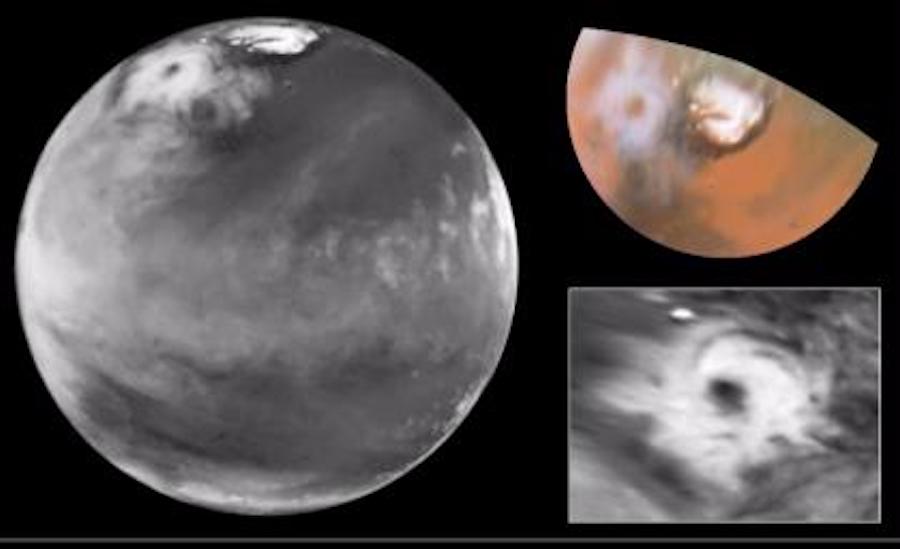
Mars holds a special place in my heart being the second planet I saw through a telescope. It’s probably fair to say that it’s held a special place for many as we continue to explore the fascinating world that is the red planet. Scientists studying Mars have recently uncovered a seasonal phenomenon that could change our understanding of the potential for it to support life. Their discovery, a swirling polar vortex that forms of the Martian north pole every winter.
Continue reading

Tumbleweeds offer iconic visual depictions of desolate landscapes. Though typically associated with the American West, the most common type of tumbleweed actually originated in Europe, and is known scientifically as salsola targus, or more commonly as Russian thistle. So its only fitting that a team led by European scientists has some up with an idea based on the tumbleweed’s unique properties that could one day have groups of them exploring Mars.
Continue reading

Visual observations have, over the years had to battle light pollution, weather, aircraft and even satellite constellations. Radio observations have until recently, been reasonably well protected however in their attempt to preserve the “quiet skies” a team of radio astronomers have secured a significant victory. For the first time, they've joined forces with the International Special Committee on Radio Interference, a committee that sets global standards for preventing electronic interference.
Continue reading

Are we alone in the universe? It’s a question that has plagued us since the ancient Greeks posed it for the first time in the 5th century and since then we have tried all manner of ways to reach out to our alien cousins….if they exist. We have fixed golden plaques to space probes, beamed messages out from radio telescopes and in 2012 even sent 10,000 ‘X’ (formerly twitter) messages out to three star systems with the hashtag #ChasingUFOs! A new tool has been developed, rather mundane compared to these other examples, which is no bigger than a soft drink can and could detect signs of life on alien worlds with unprecedented precision.
Continue reading
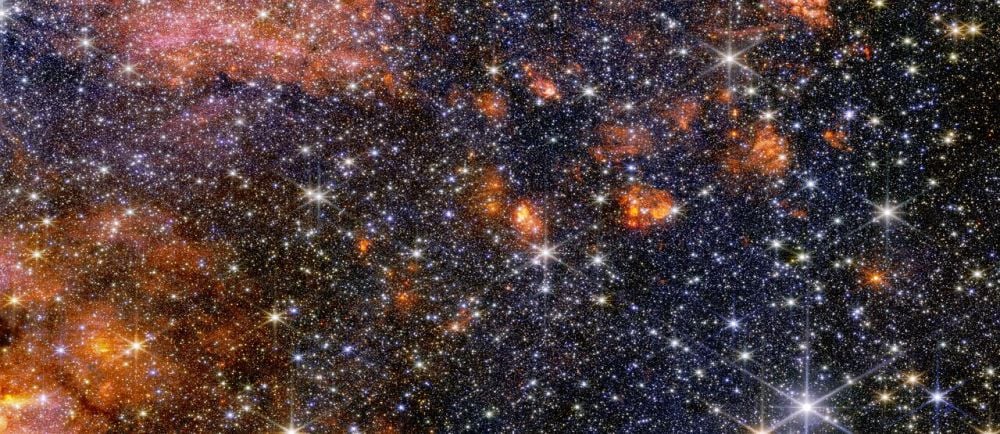
The JWST examined the most vigorous star-forming region in the entire galaxy. It's called Sagittarius B2, and while astronomers have studied it in detail, no other telescope reveals its details the way the JWST can.
Continue reading

Imagine an engine with no moving parts that runs on continuous explosions. I’m actually sure I one saw a hilarious video of such a device some years ago but alas, am unable to find it and share. Still, the image of the poor occupants being constantly pressed into their seats and accelerated in a series of explosions is likely to be quite a long way from the reality of the new Rotation Detonation Engine. The team of researchers Lehigh University are behind the idea and have just received $2 million to solve the biggest challenge standing in its way, finding materials to build the thing out of that are tough enough to survive the punishment.
Continue reading
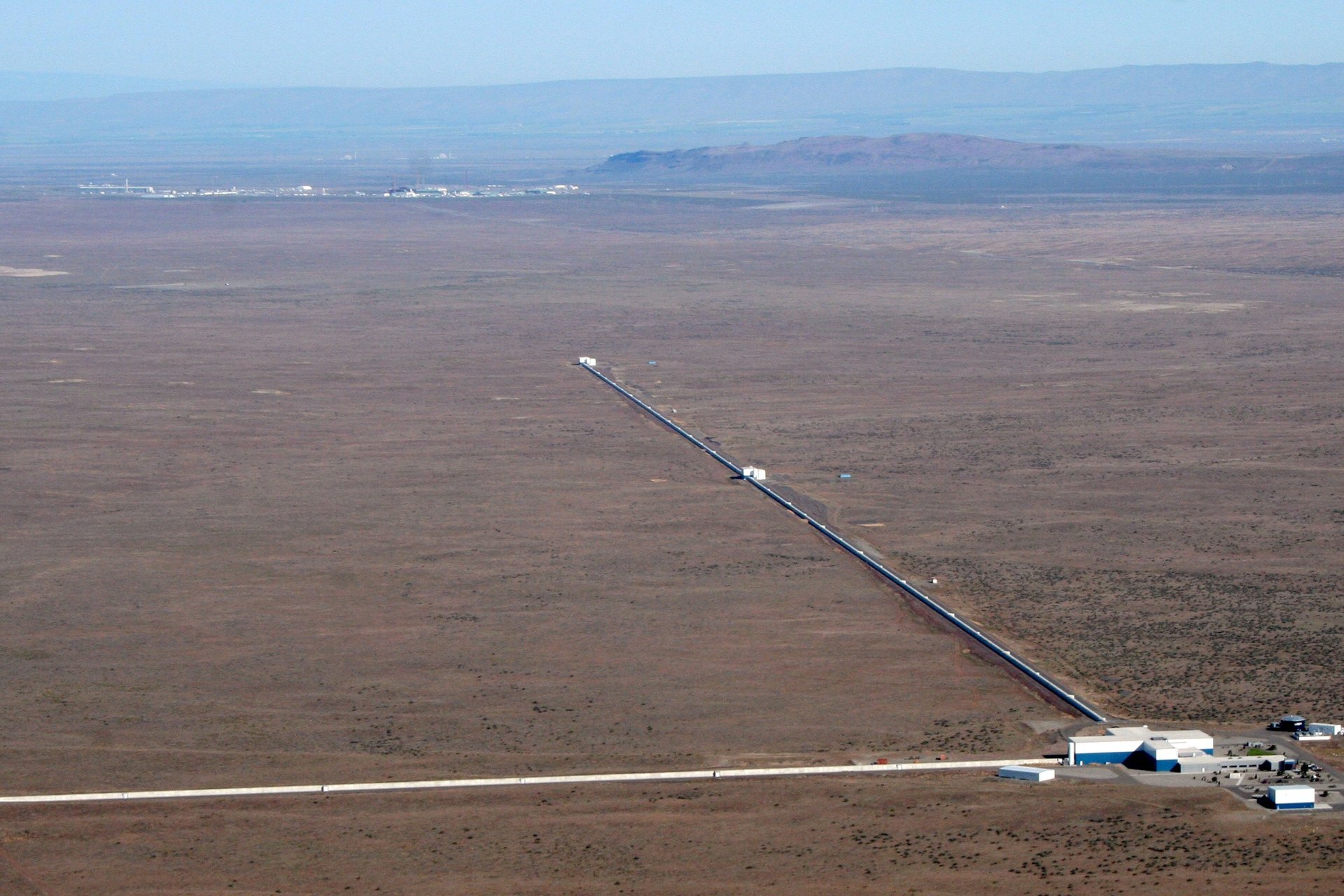
Interference from human activity has always been a sticking point in astronomical observations. Radio astronomy is notoriously sensitive to unintentional interference - hence why there are “radio silent” zones near telescopes where cell phones are banned. But gravitational wave astronomy is affected to an even worse degree than radio astronomy, according to a new paper by Reed Essick of the University of Toronto, and it’s not clear there’s much we can do about it.
Continue reading
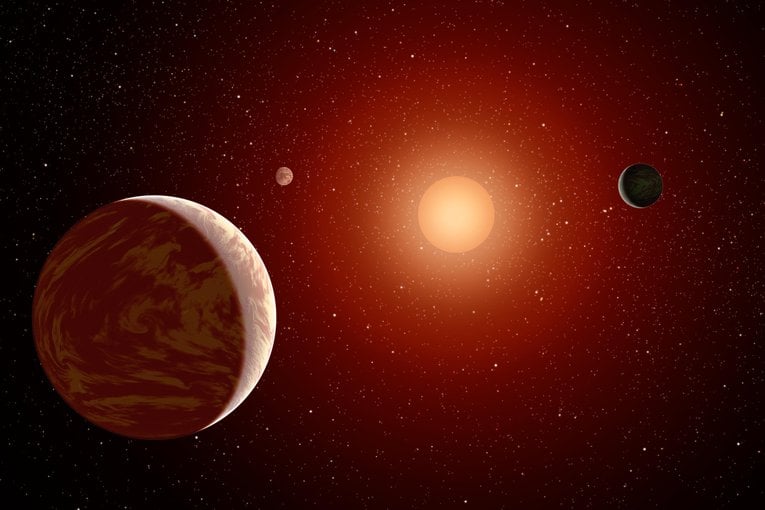
What can exoplanets orbiting M-dwarf stars teach scientists about planetary formation and evolution? This is what a recent study submitted to the American Astronomical Society journals hopes to address as a team of researchers investigated the possibility of exo-Titans, exoplanets with atmospheres comprised of nitrogen and methane like Saturn’s moon Titan, orbiting M-dwarf stars, which are smaller and cooler than our Sun. this study has the potential to help scientists better understand the formation and evolution of exoplanets orbiting M-dwarf stars and whether they could possess life as we know it.
Continue reading
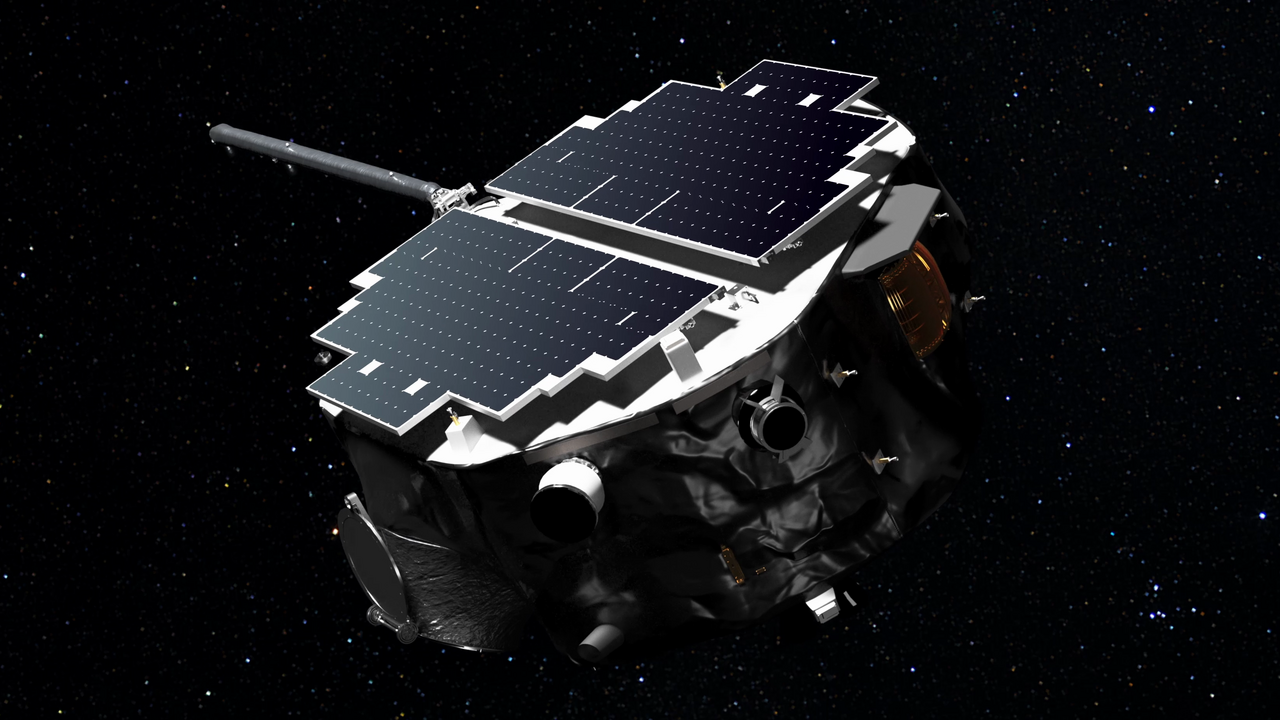
When astronauts head out into space they are protected from deadly radiation by their spacecraft and on space walks, their space suit. Back on Earth, we too are protected but by an invisible bubble that’s known as the heliosphere. The heliosphere has been subjected to numerous studies over the years but NASA’s newest mission is set to give us the most detailed of it map ever created.
Continue reading
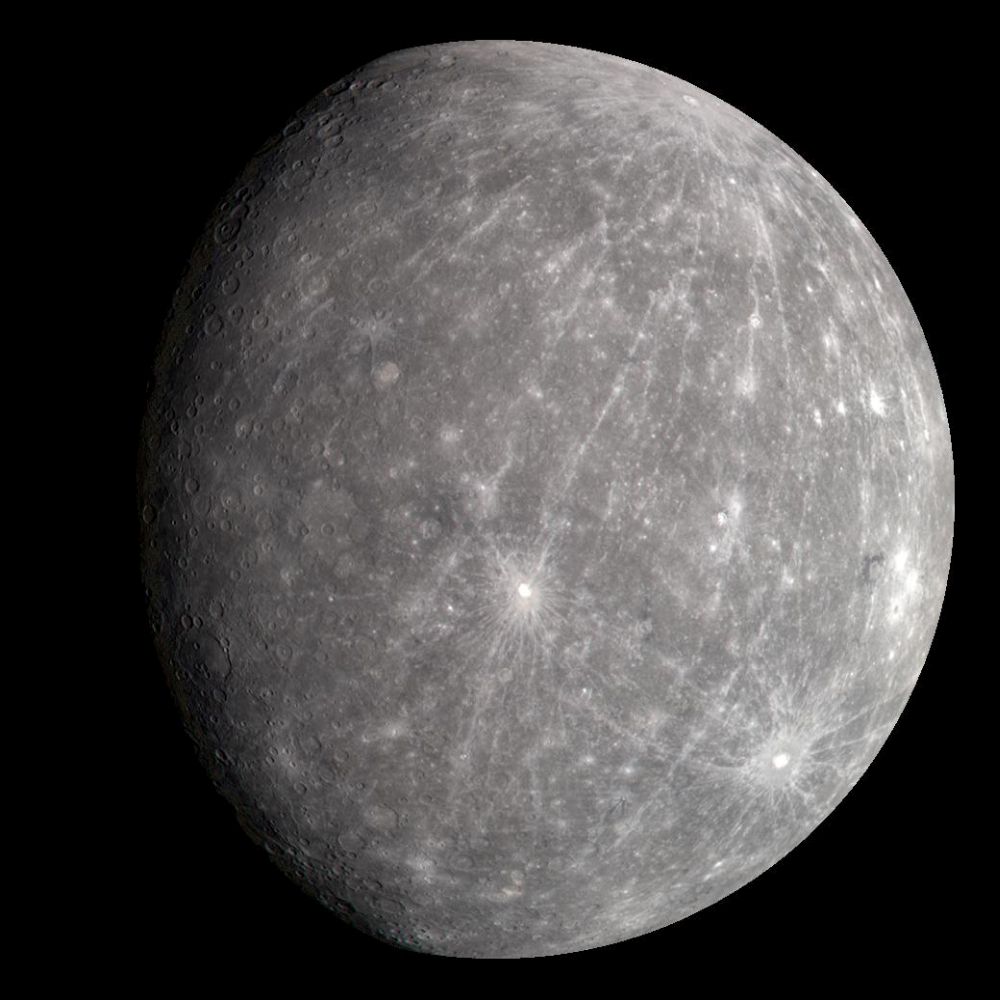
Mercury's large metallic core is 70% of its mass, which is way more than the other rocky planets. Scientists have wondered if a collision with a much larger body stripped away much of its mantle and crust, and Mercury is only the remnant core of a once much larger planet. New simulations show that's not quite what happened.
Continue reading
 Universe Today
Universe Today
















































